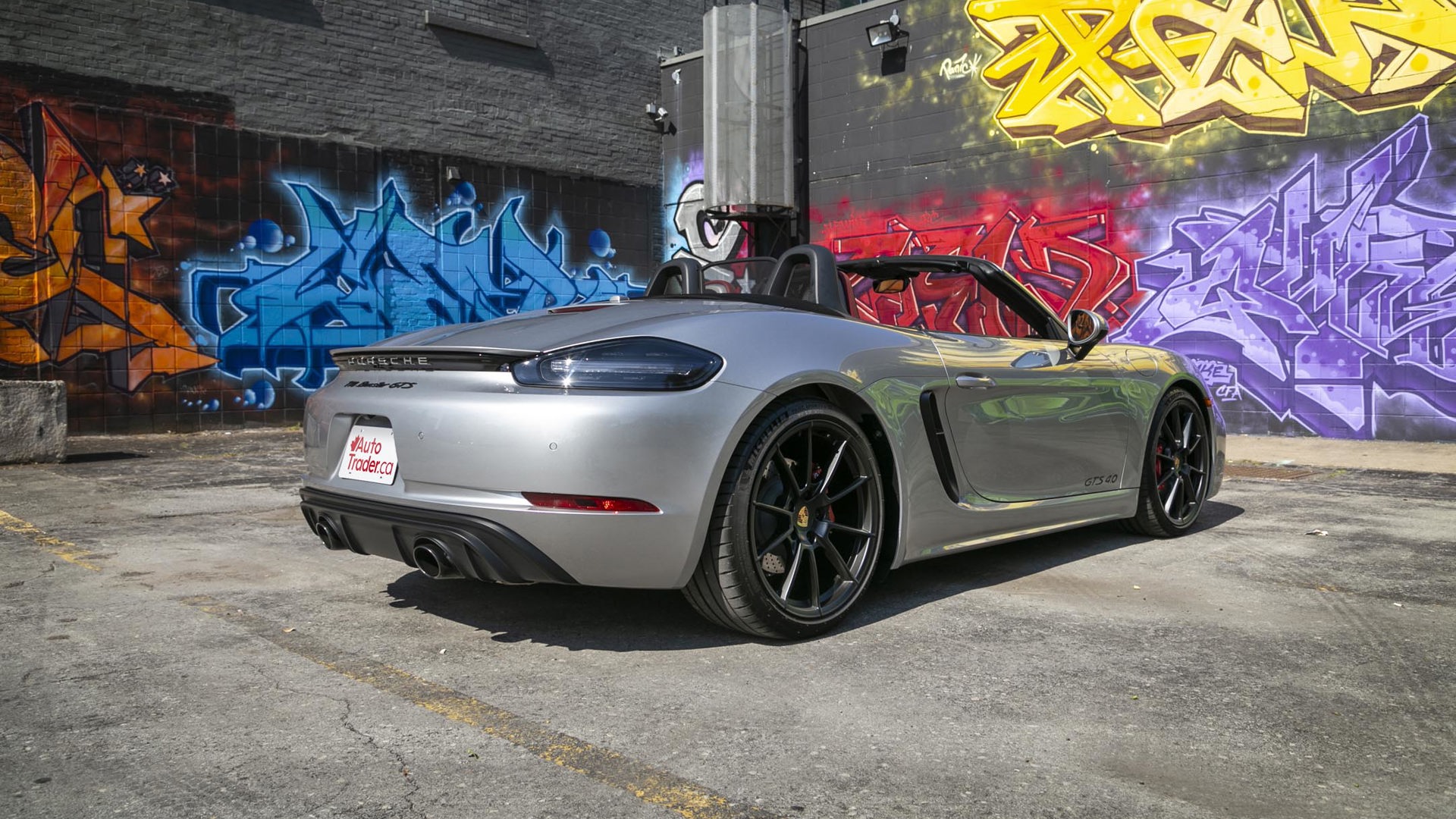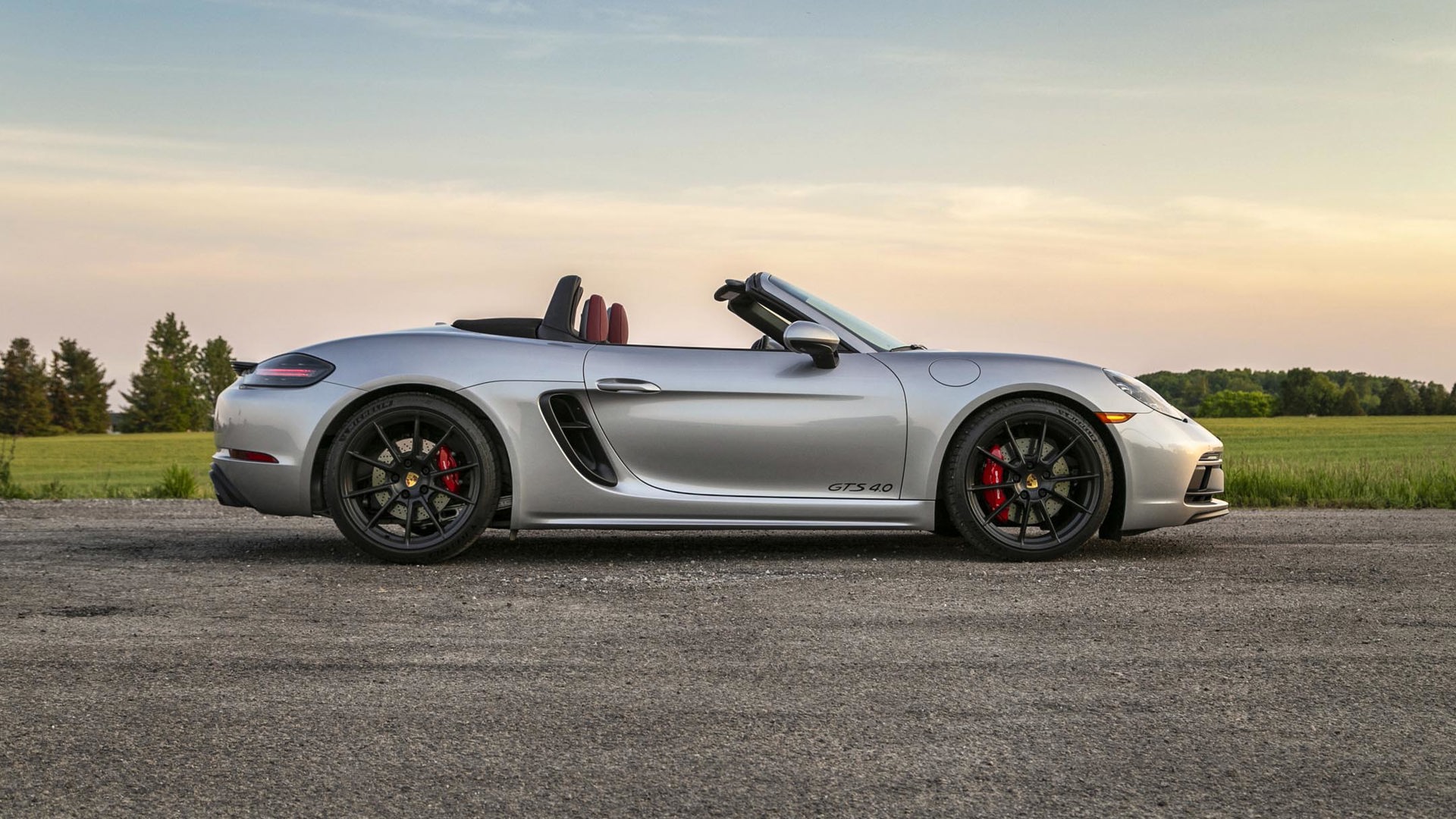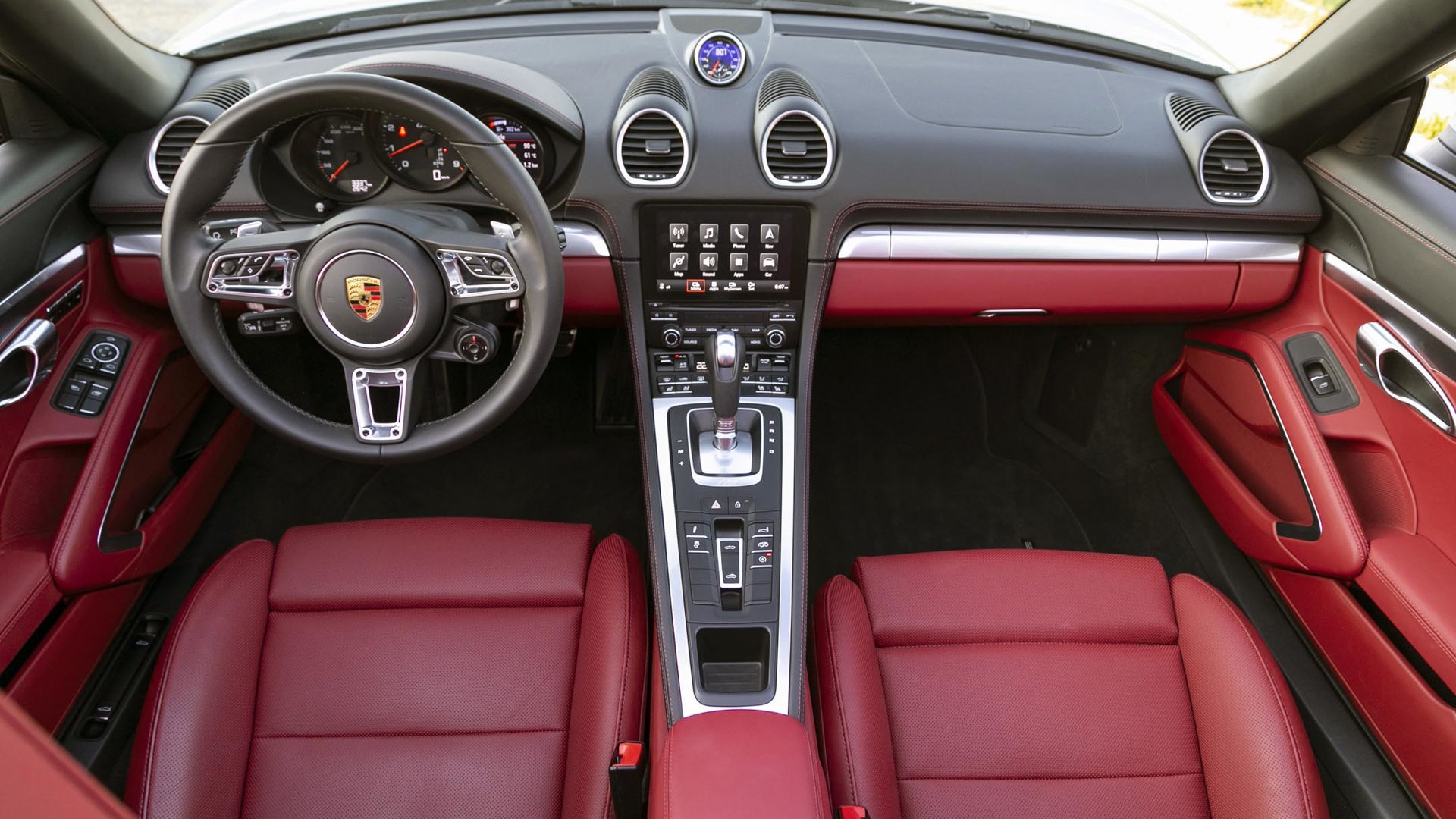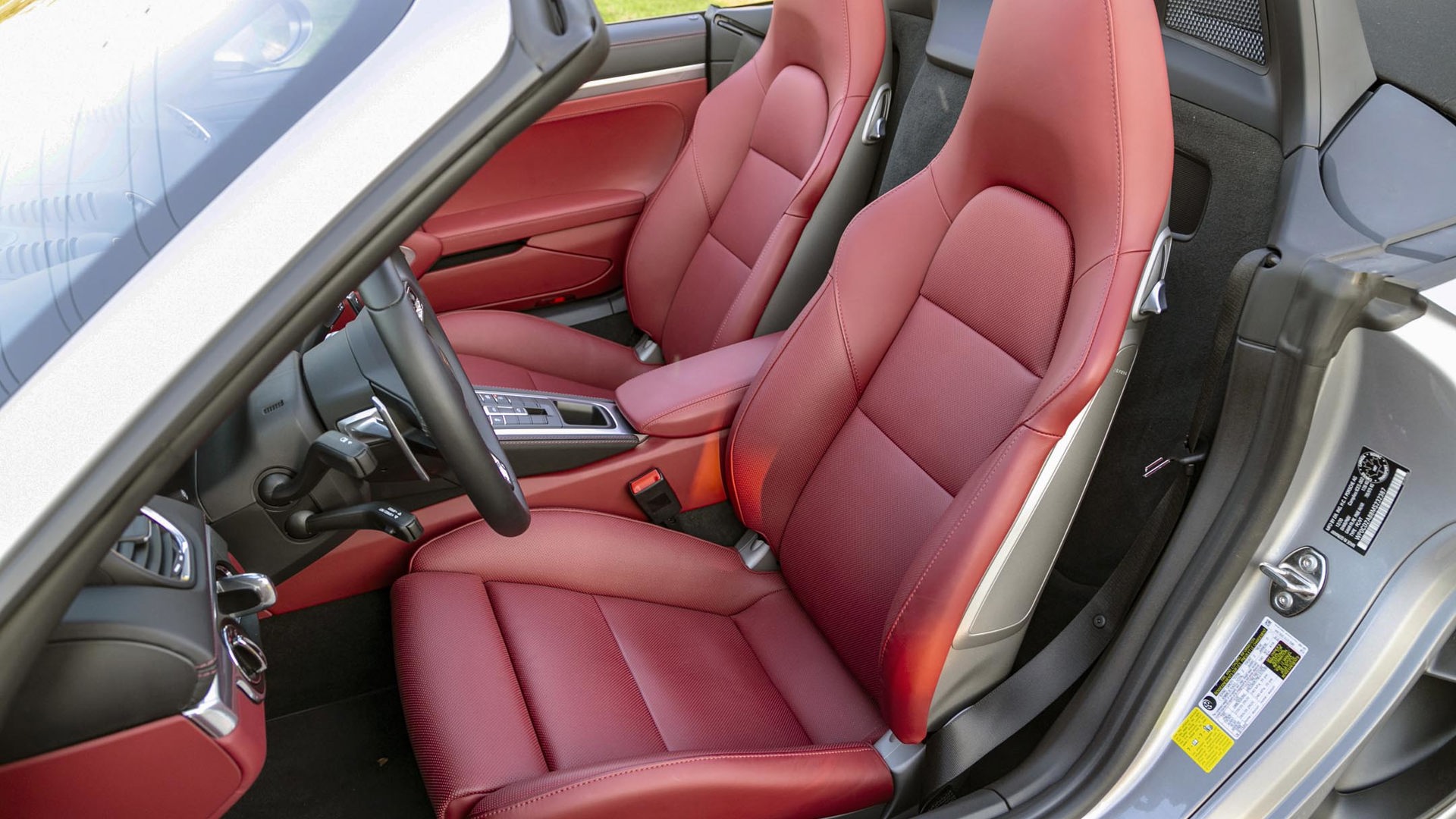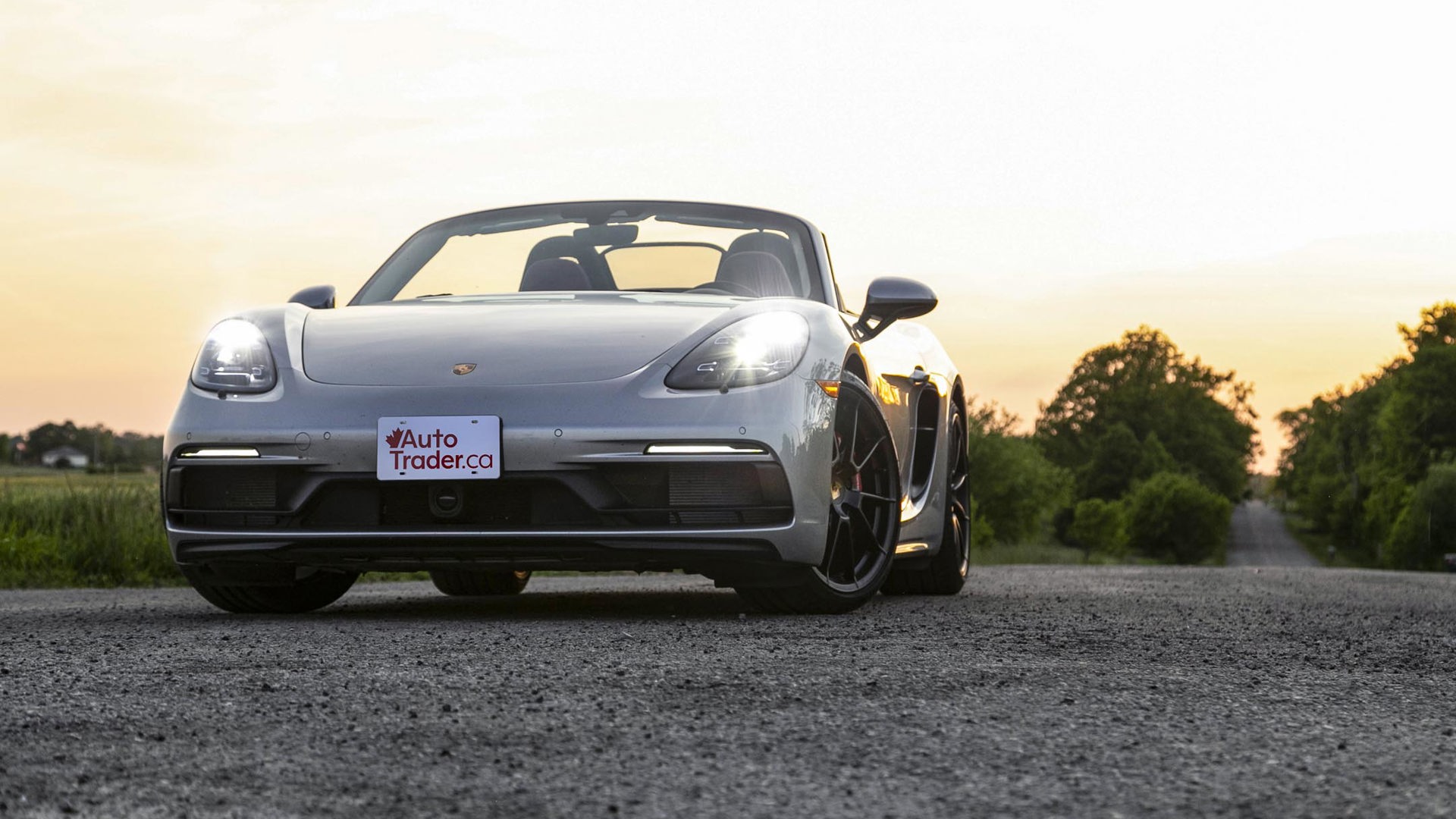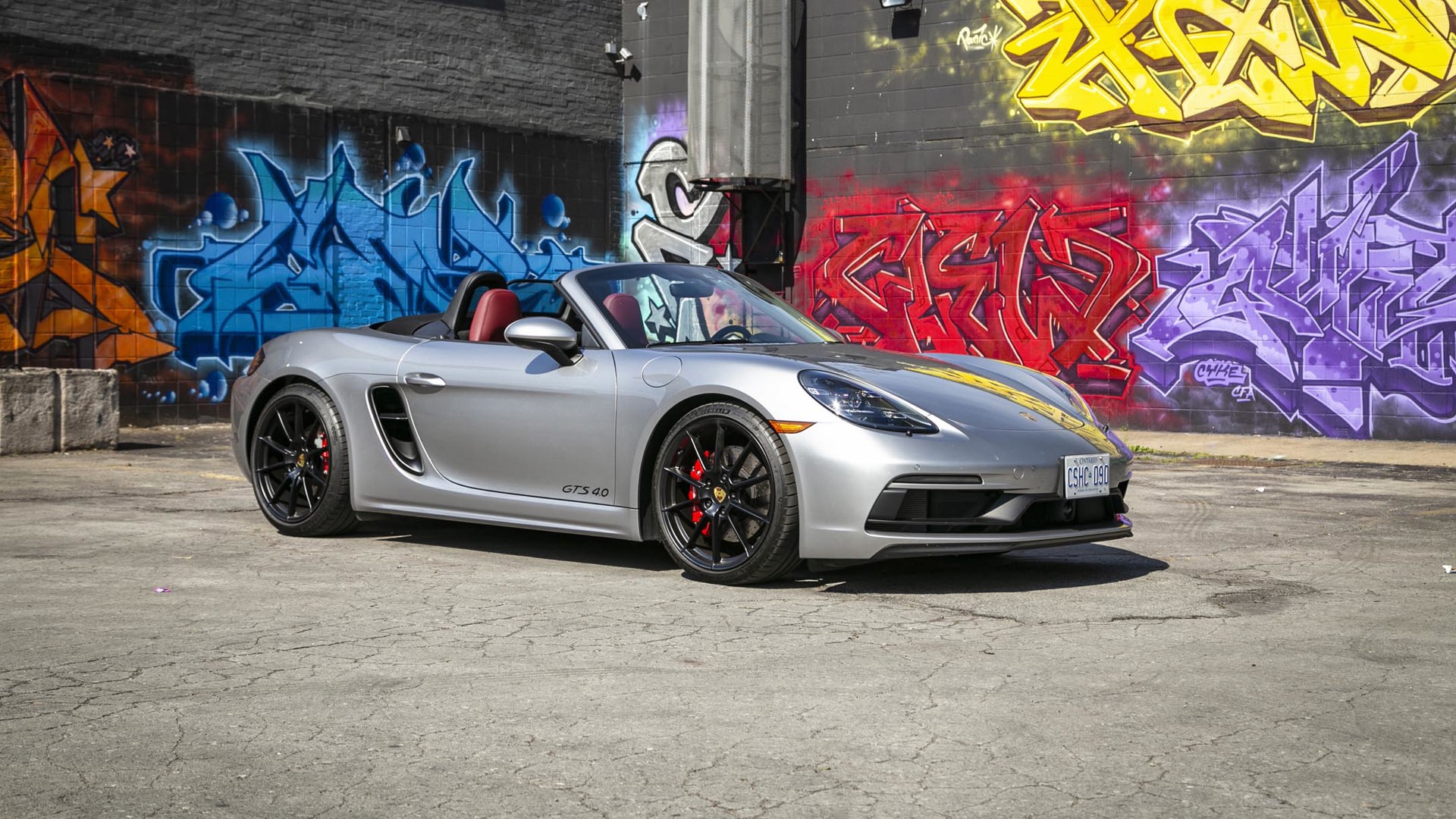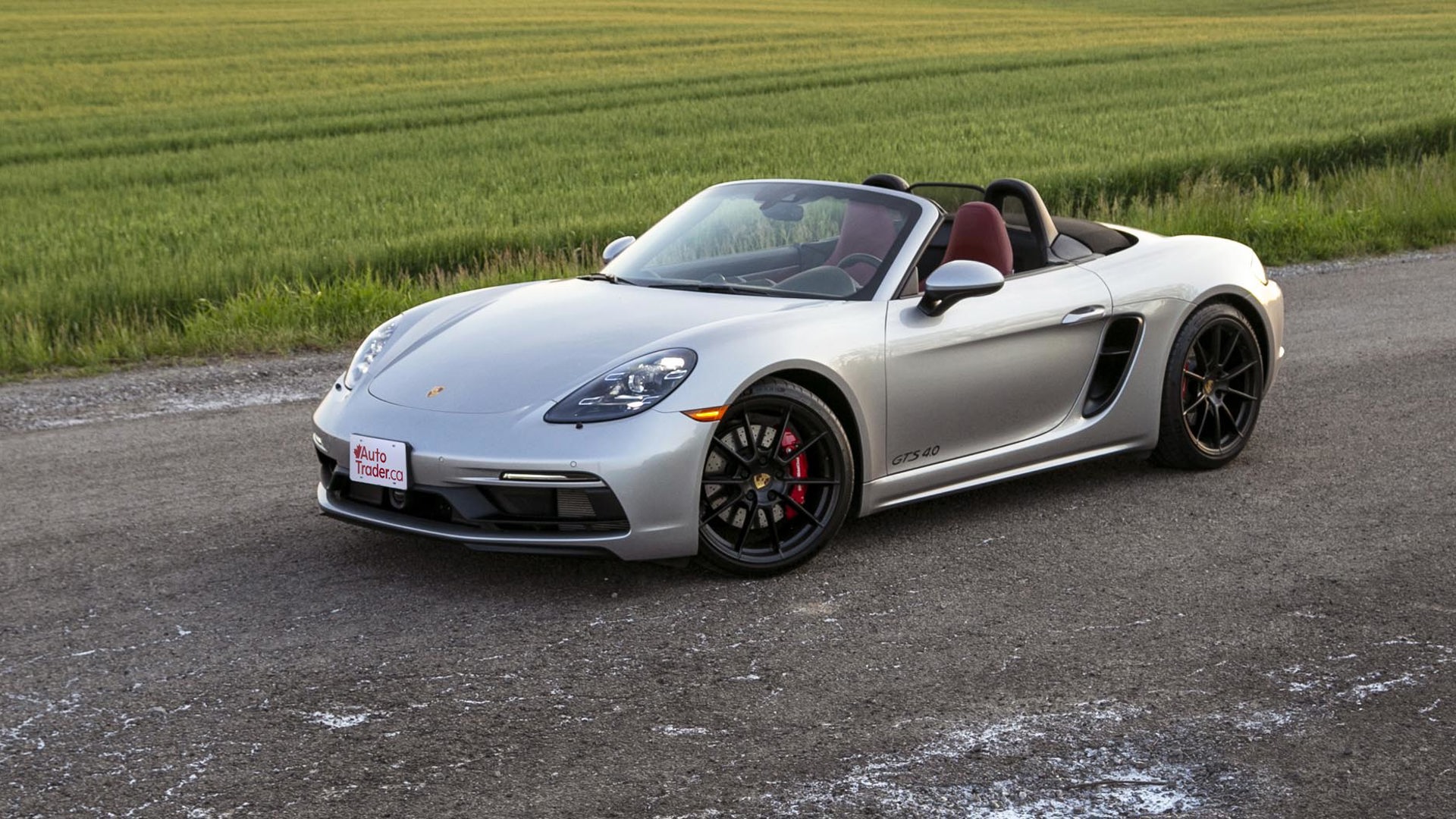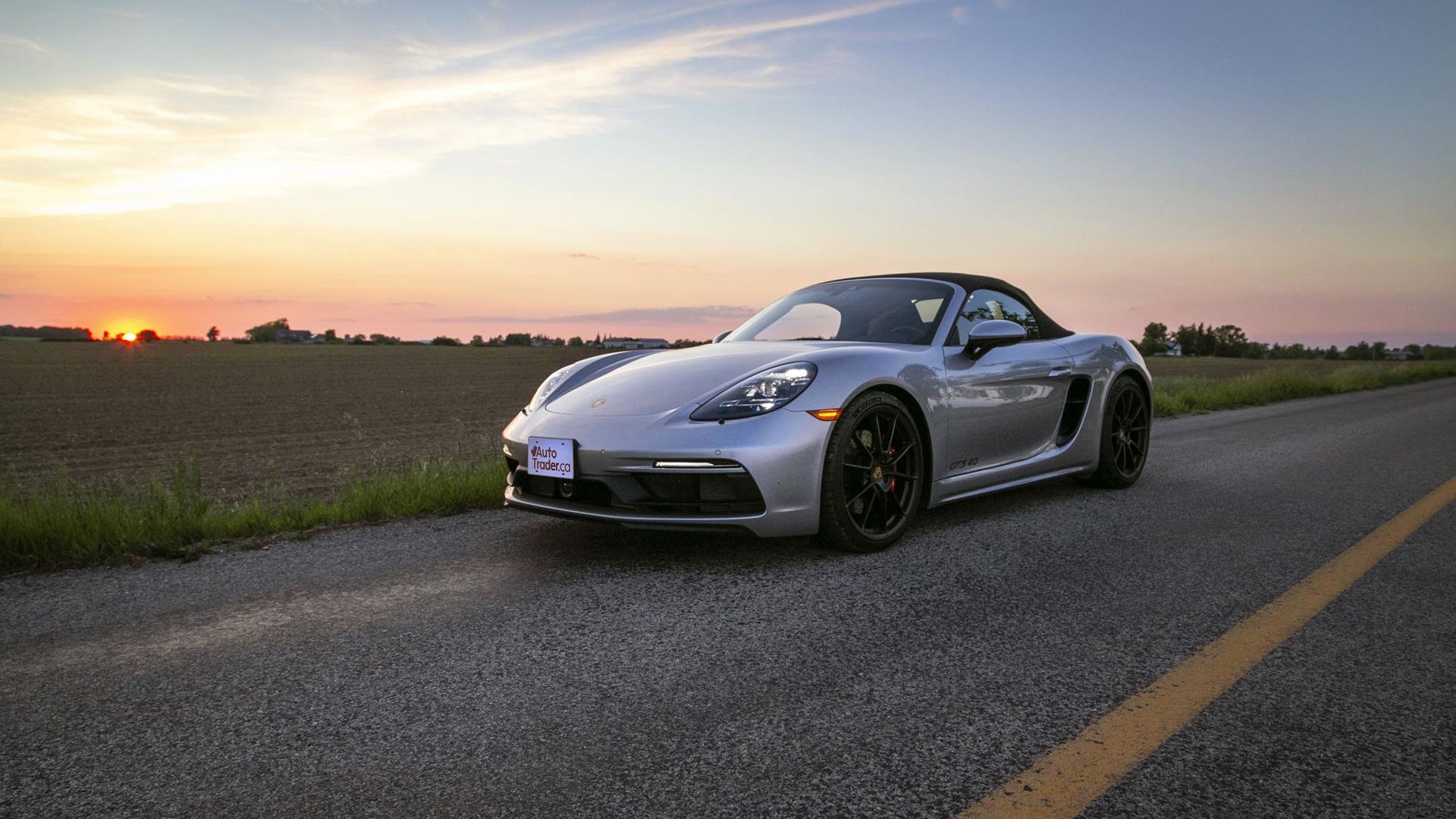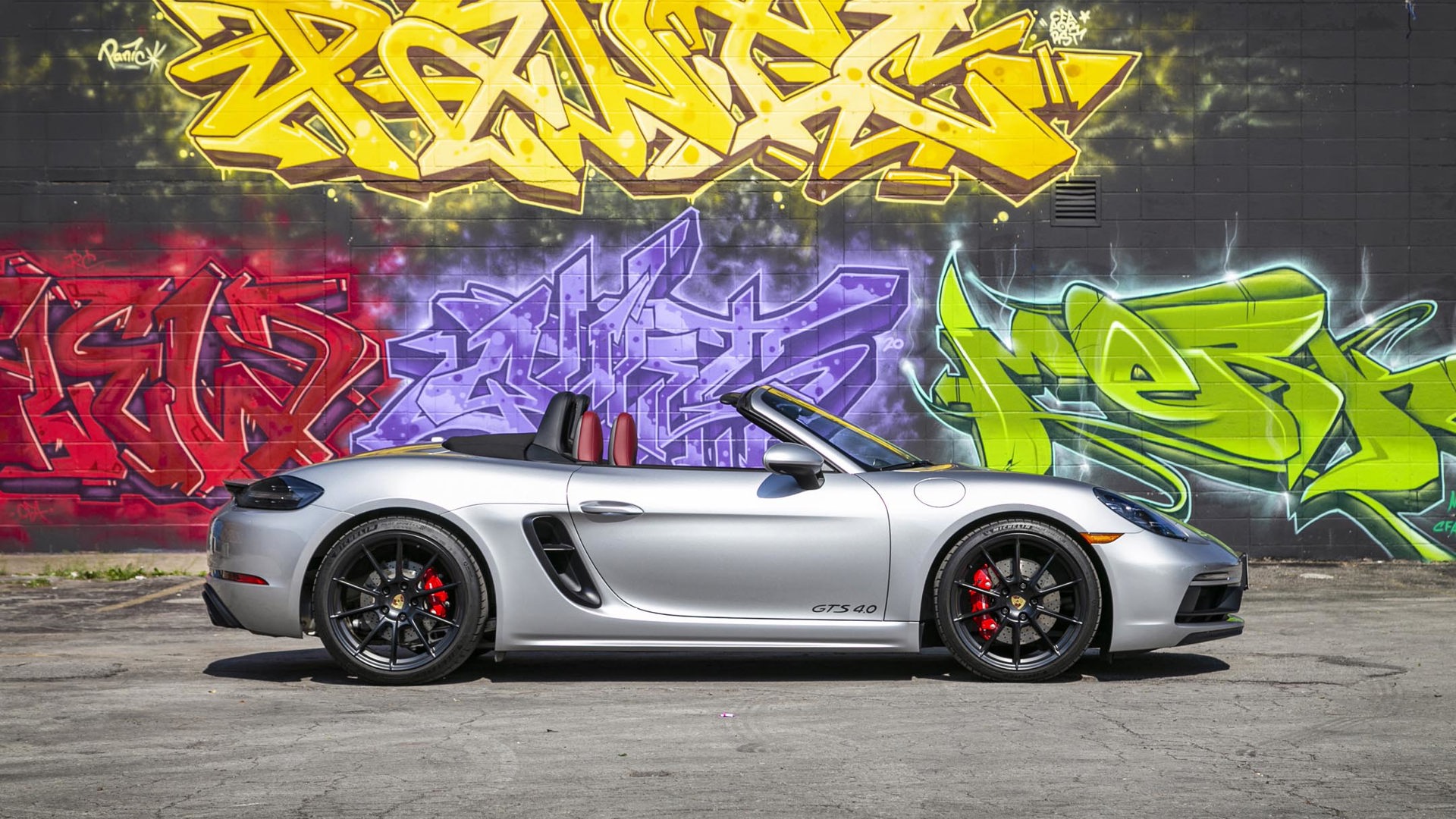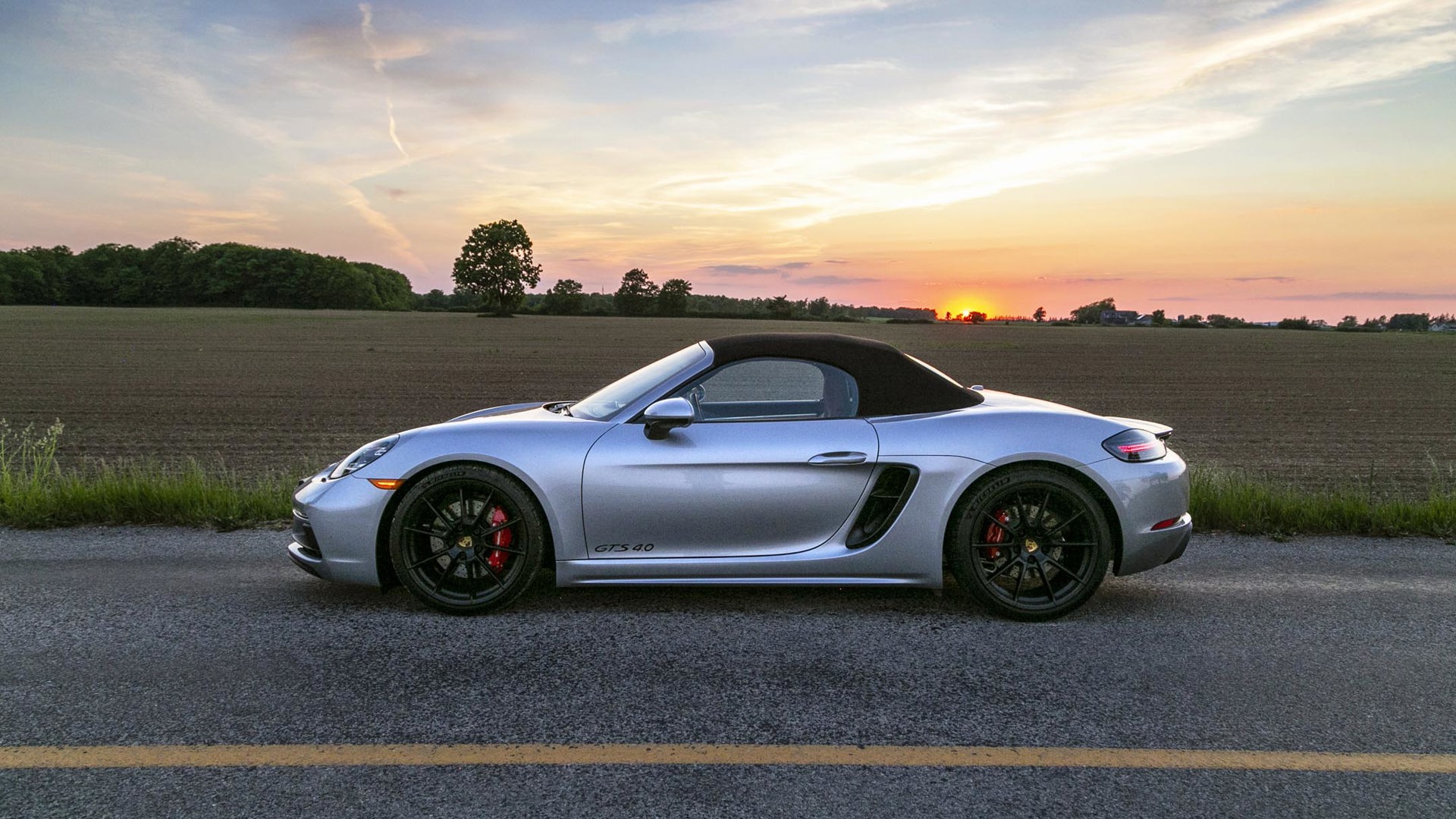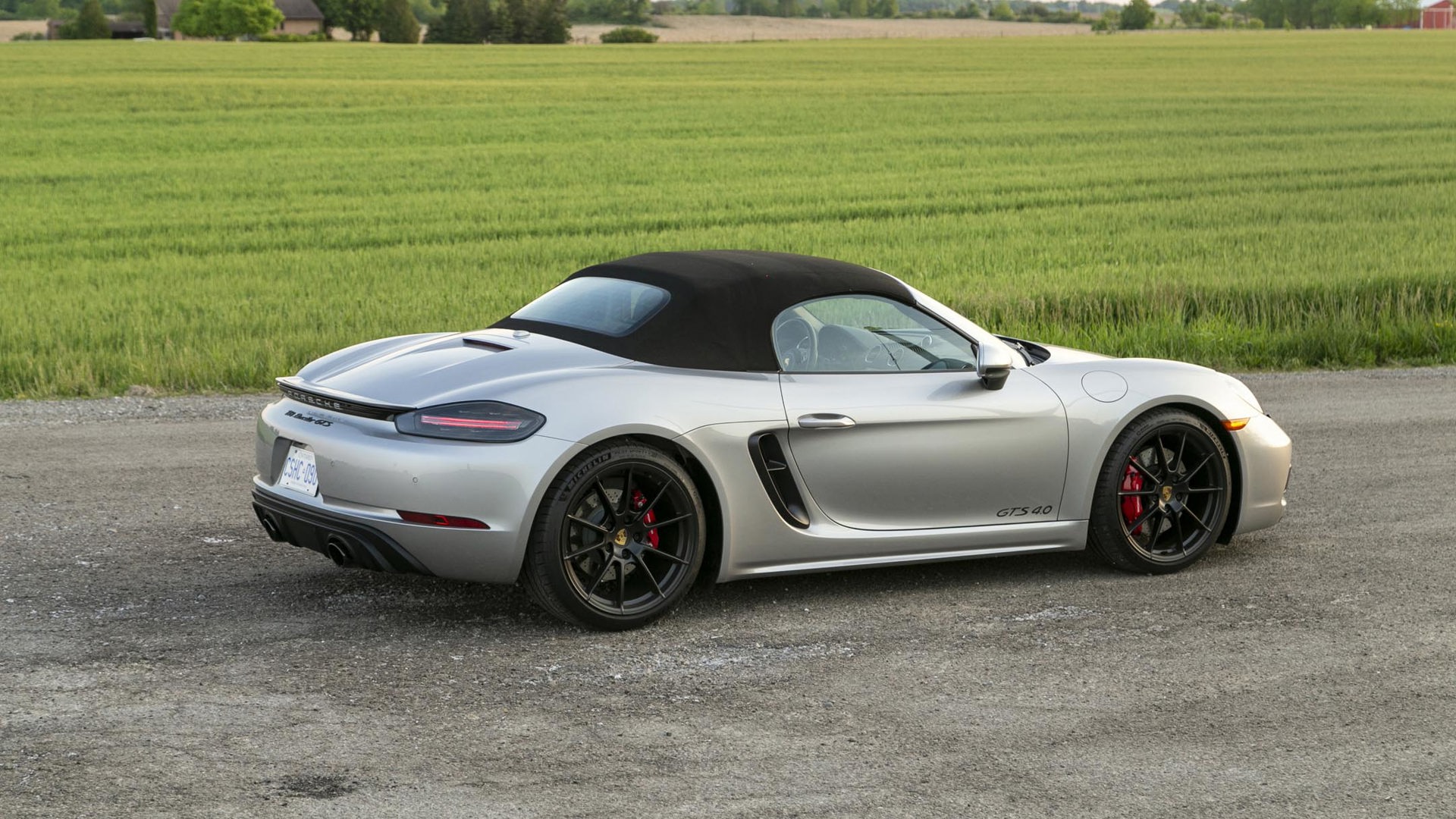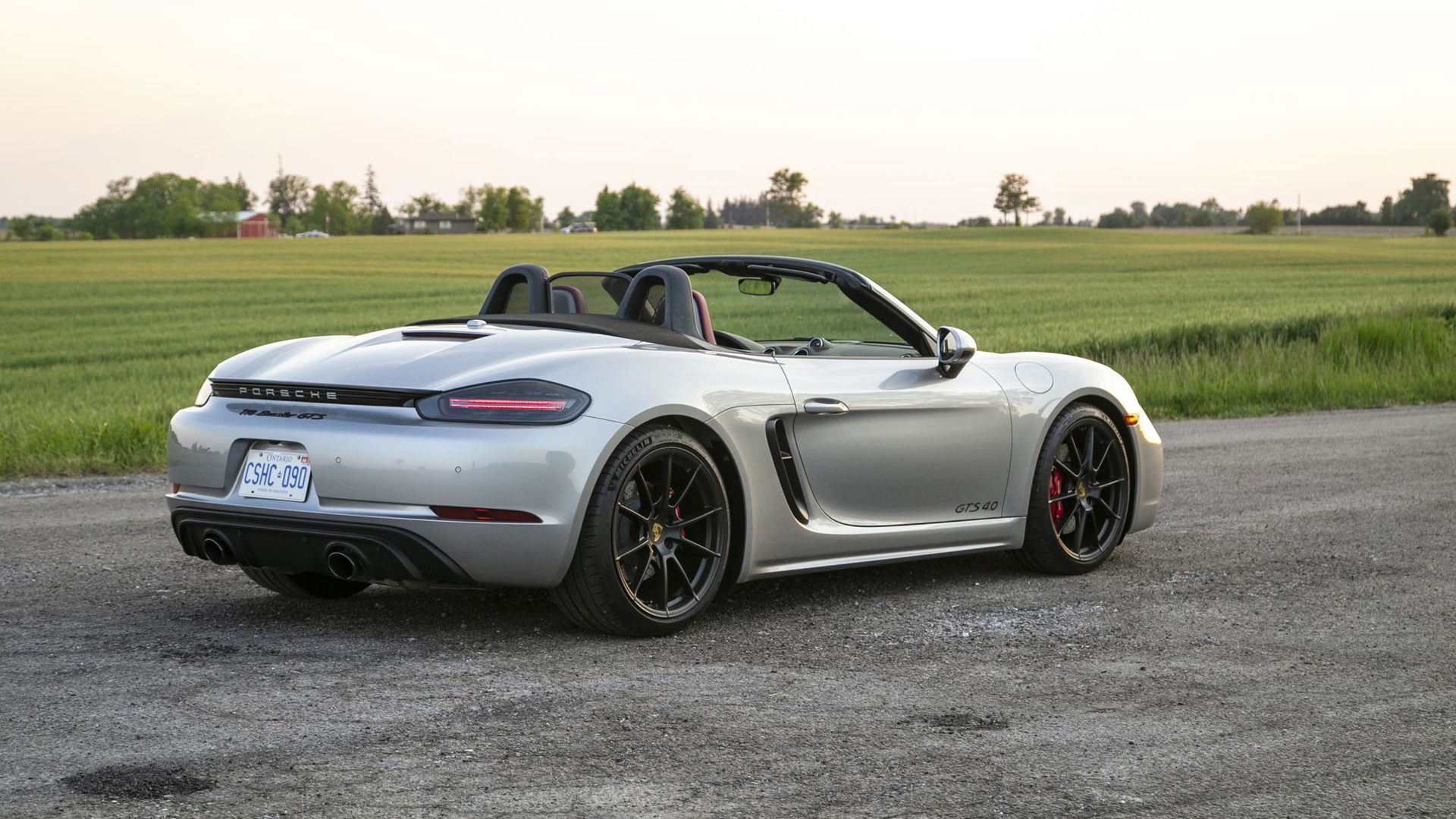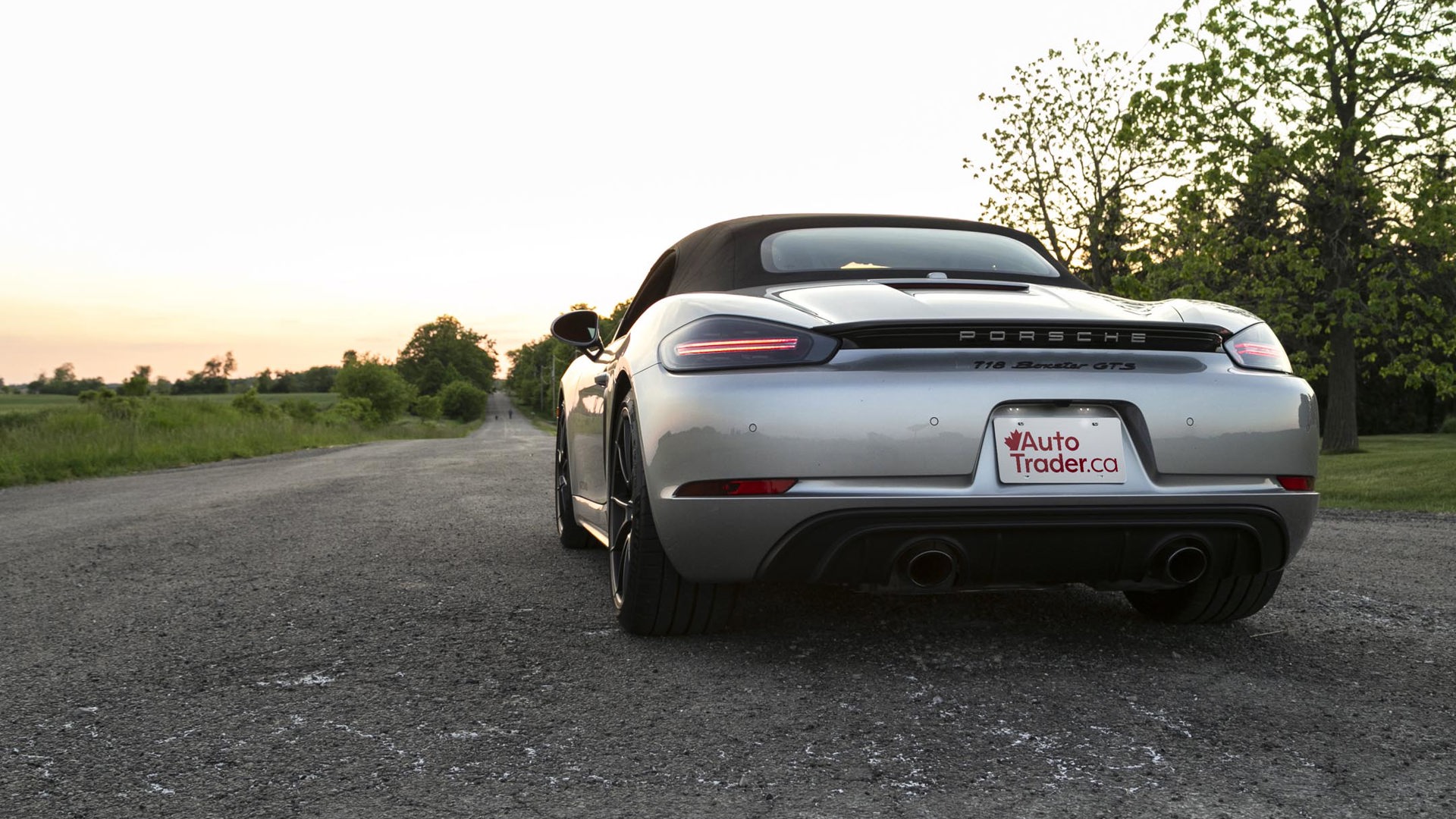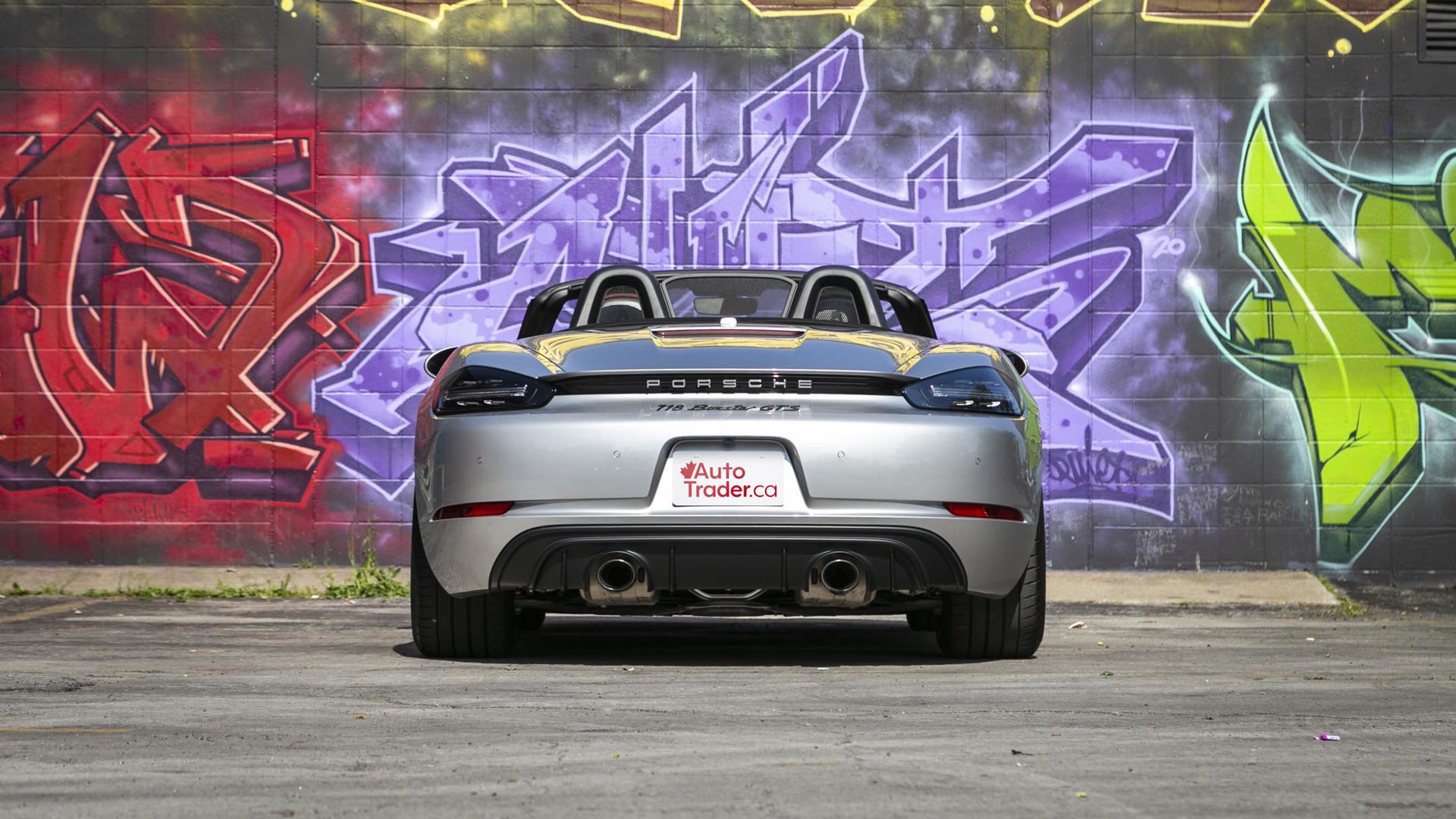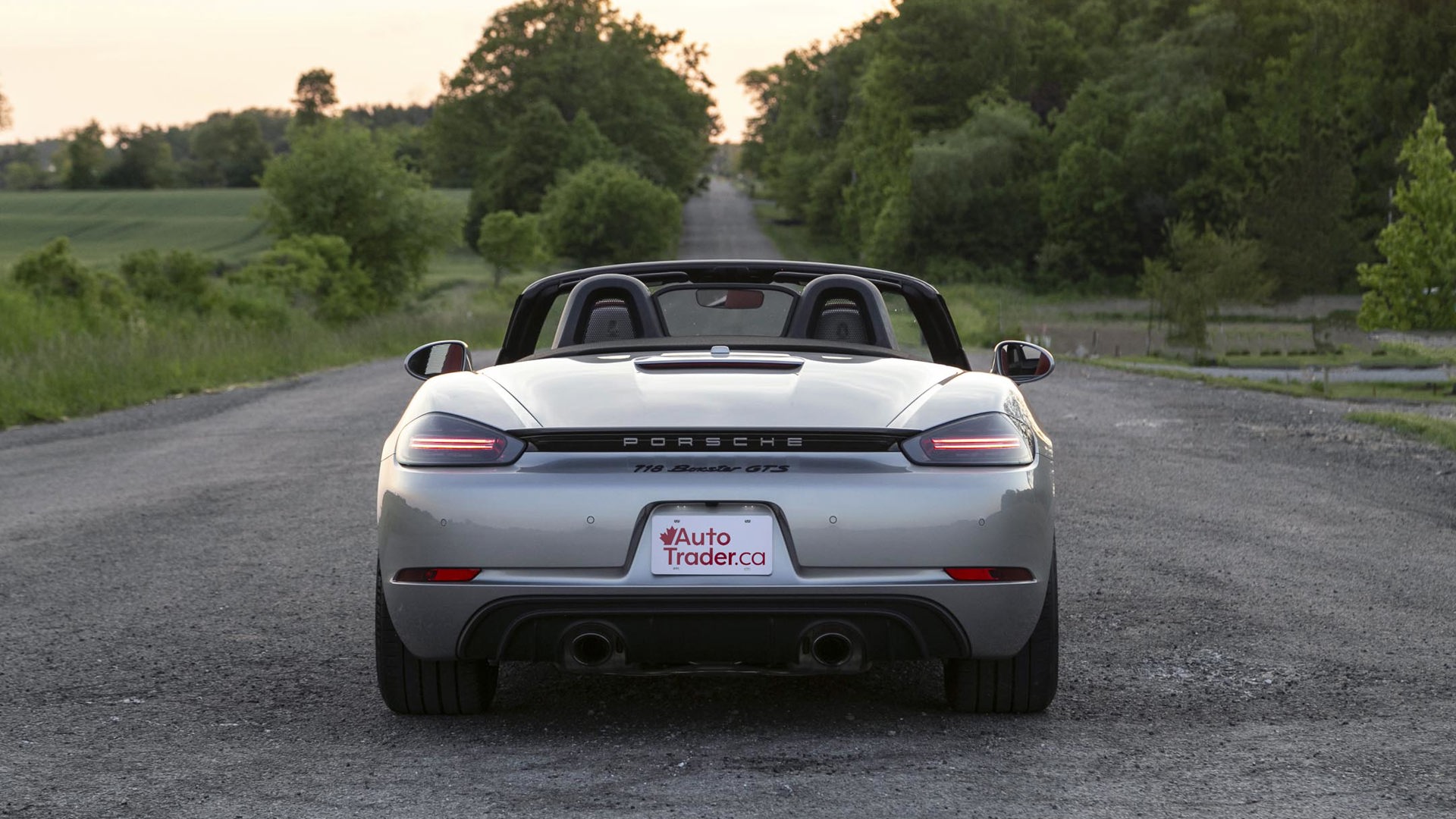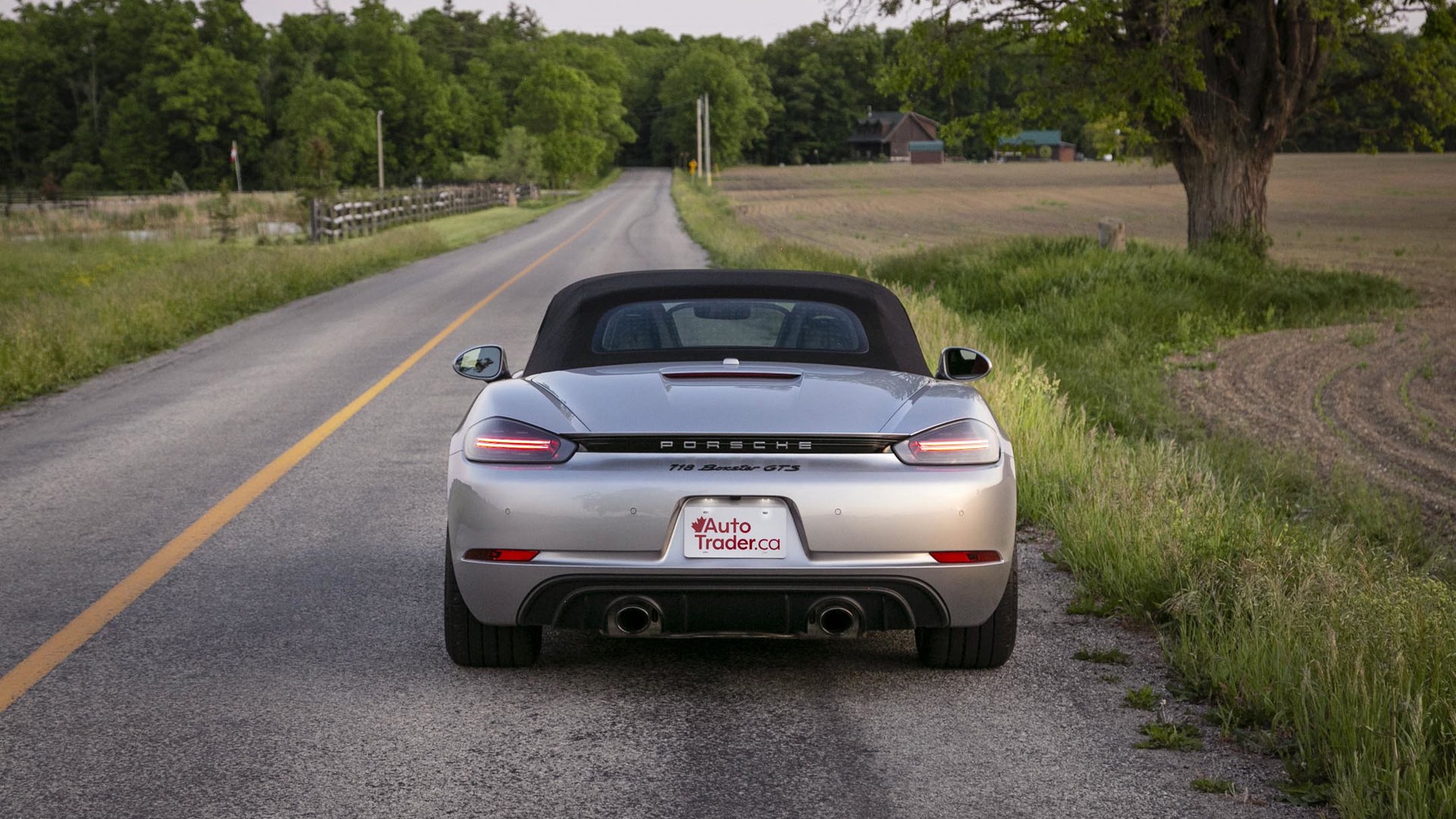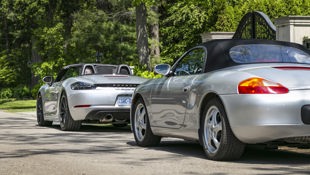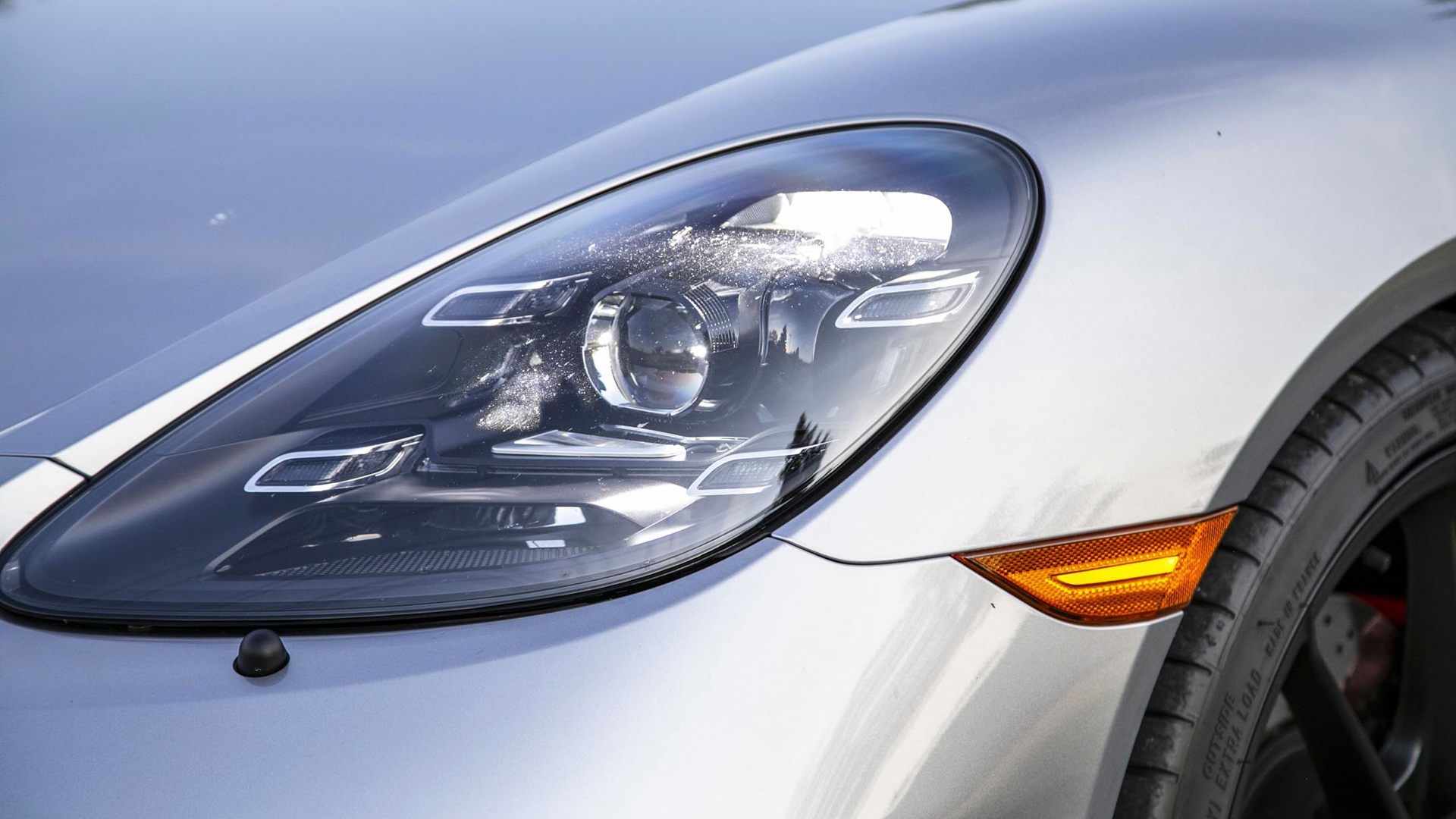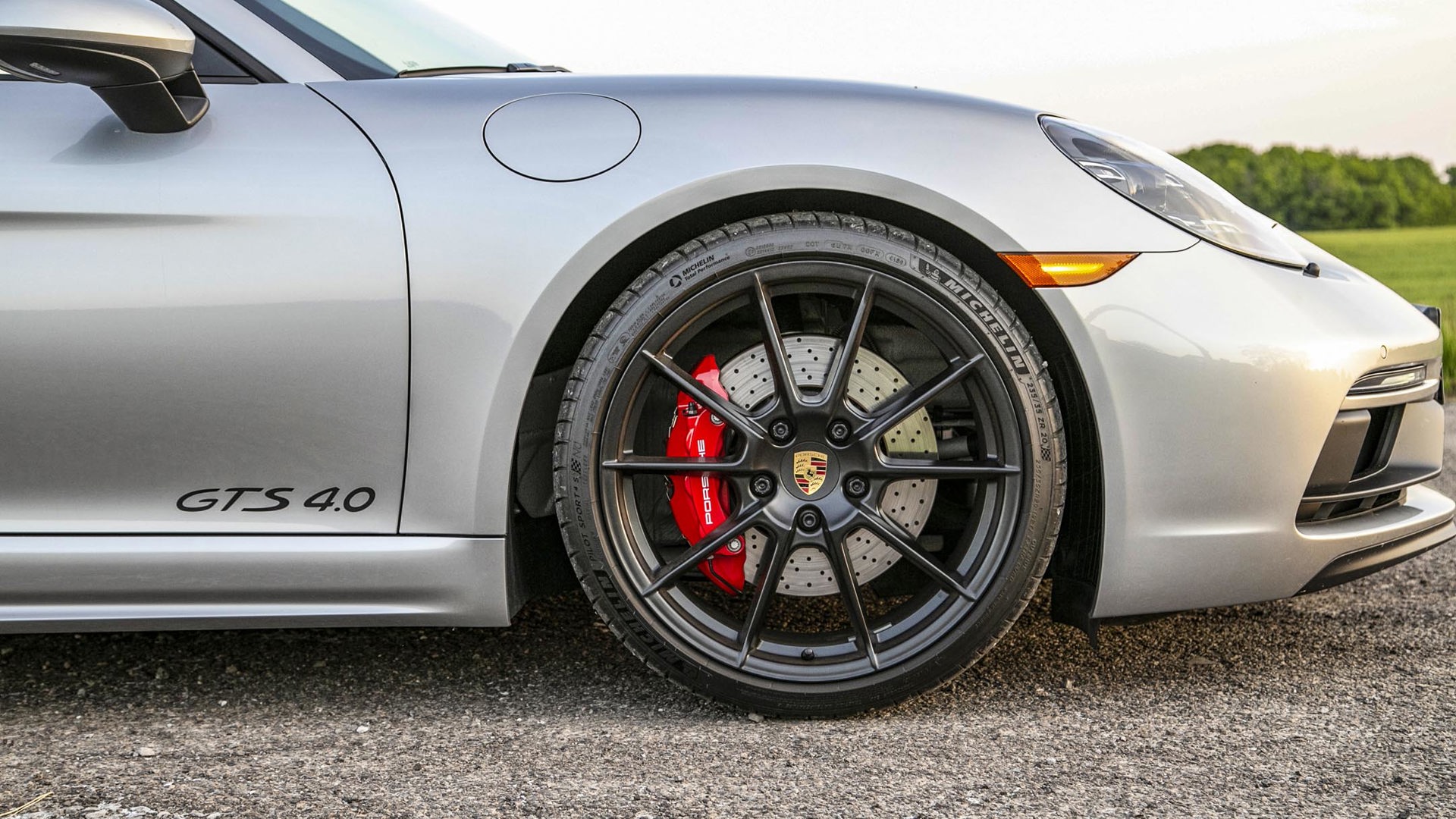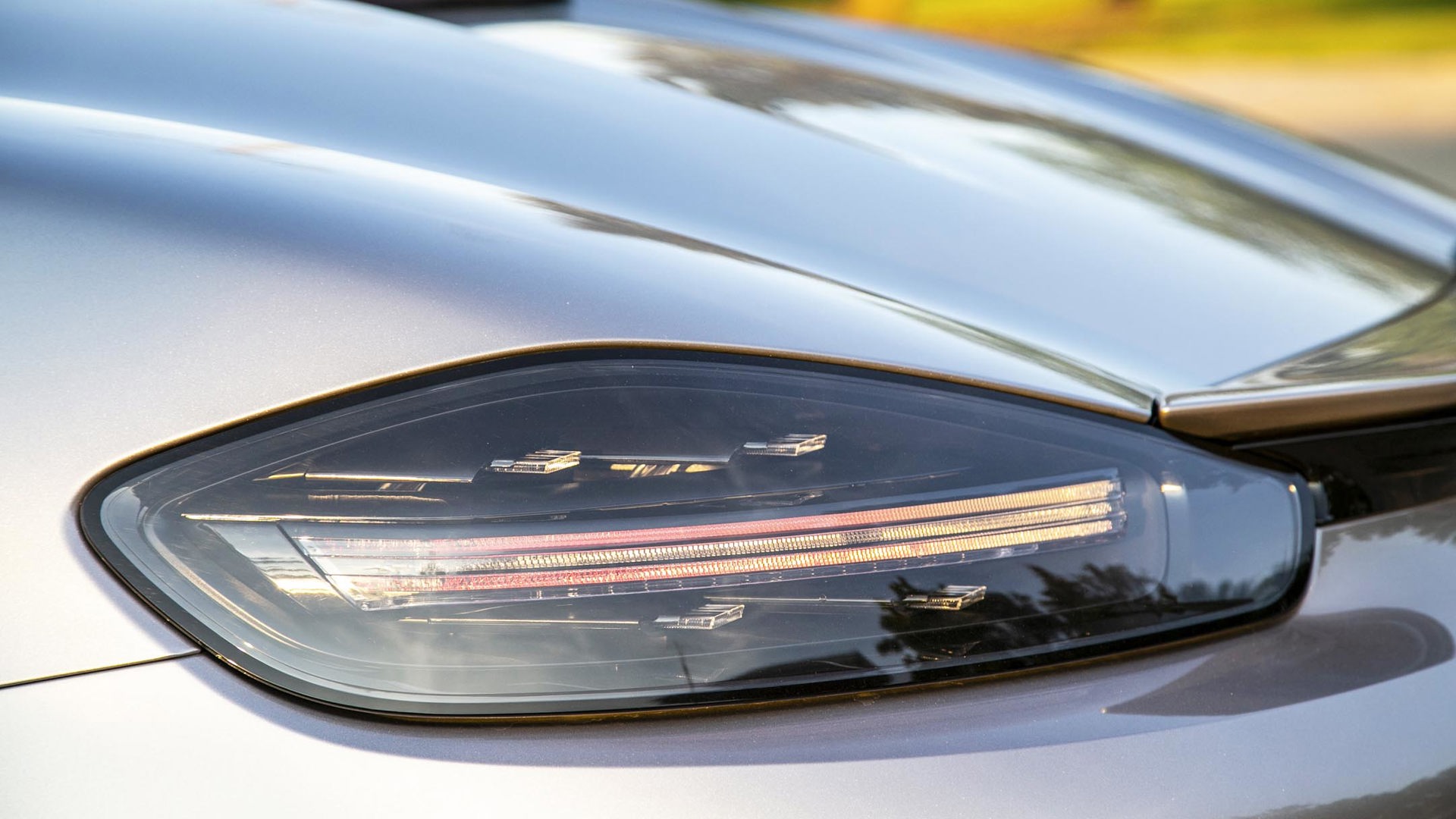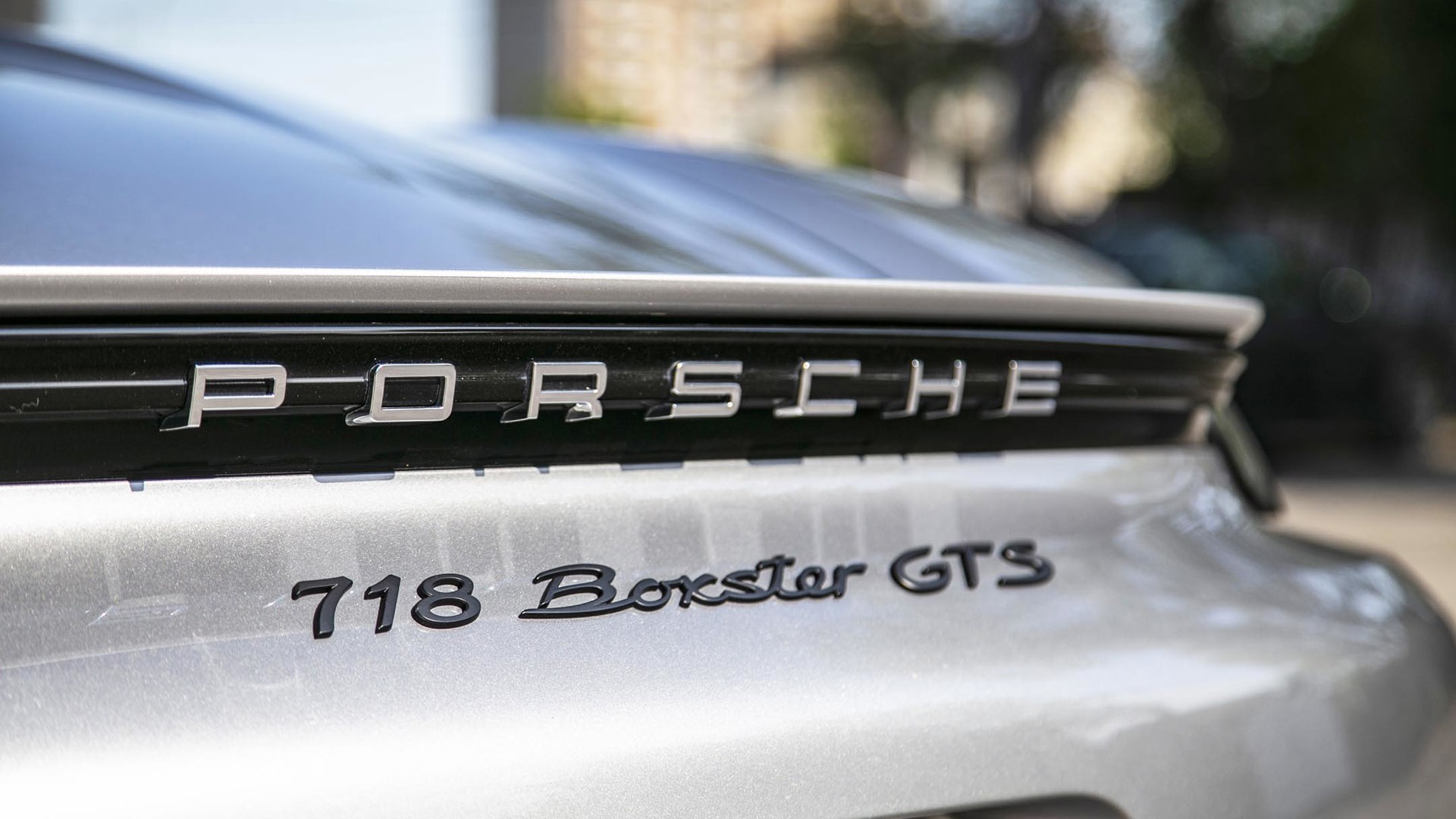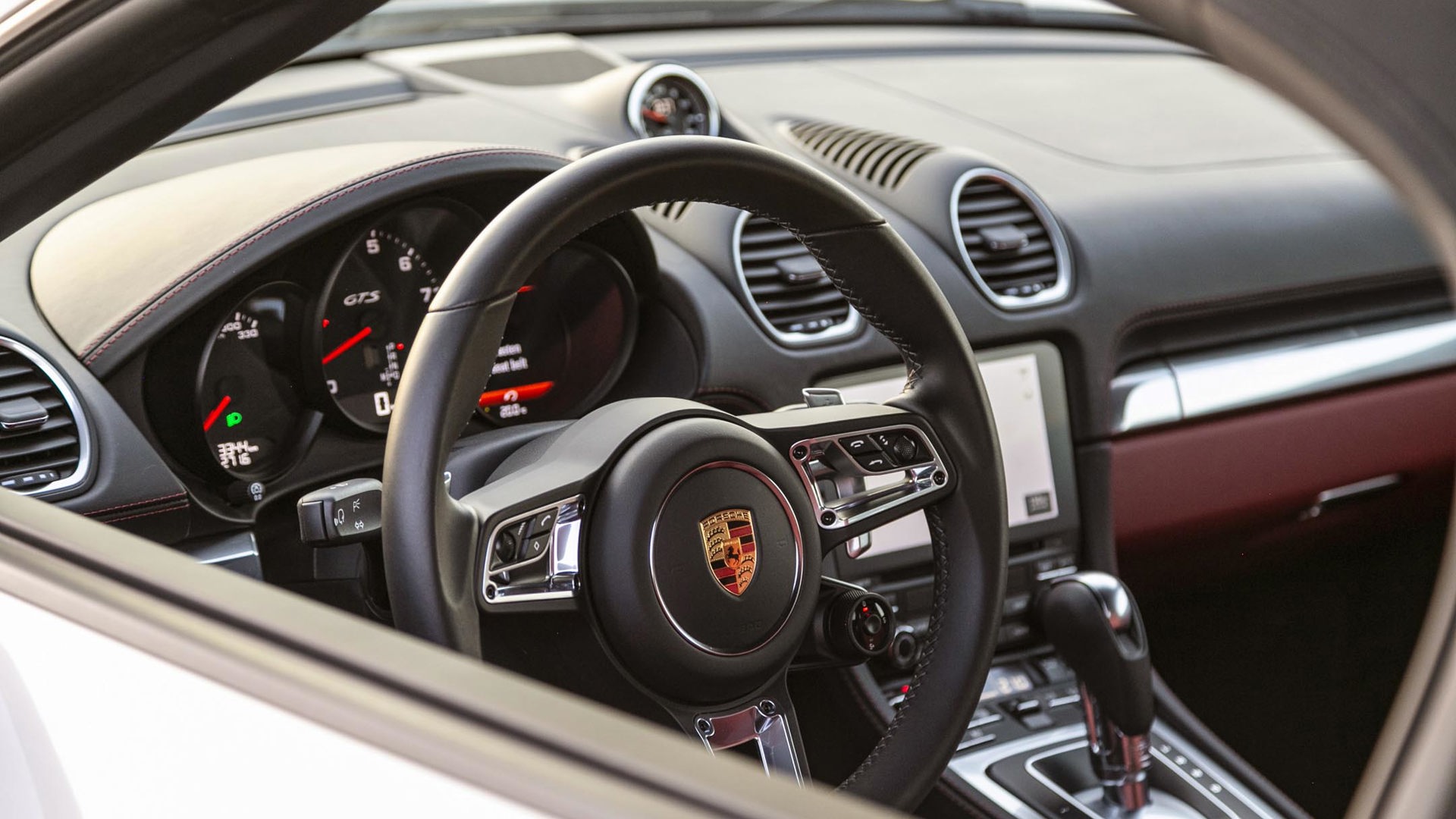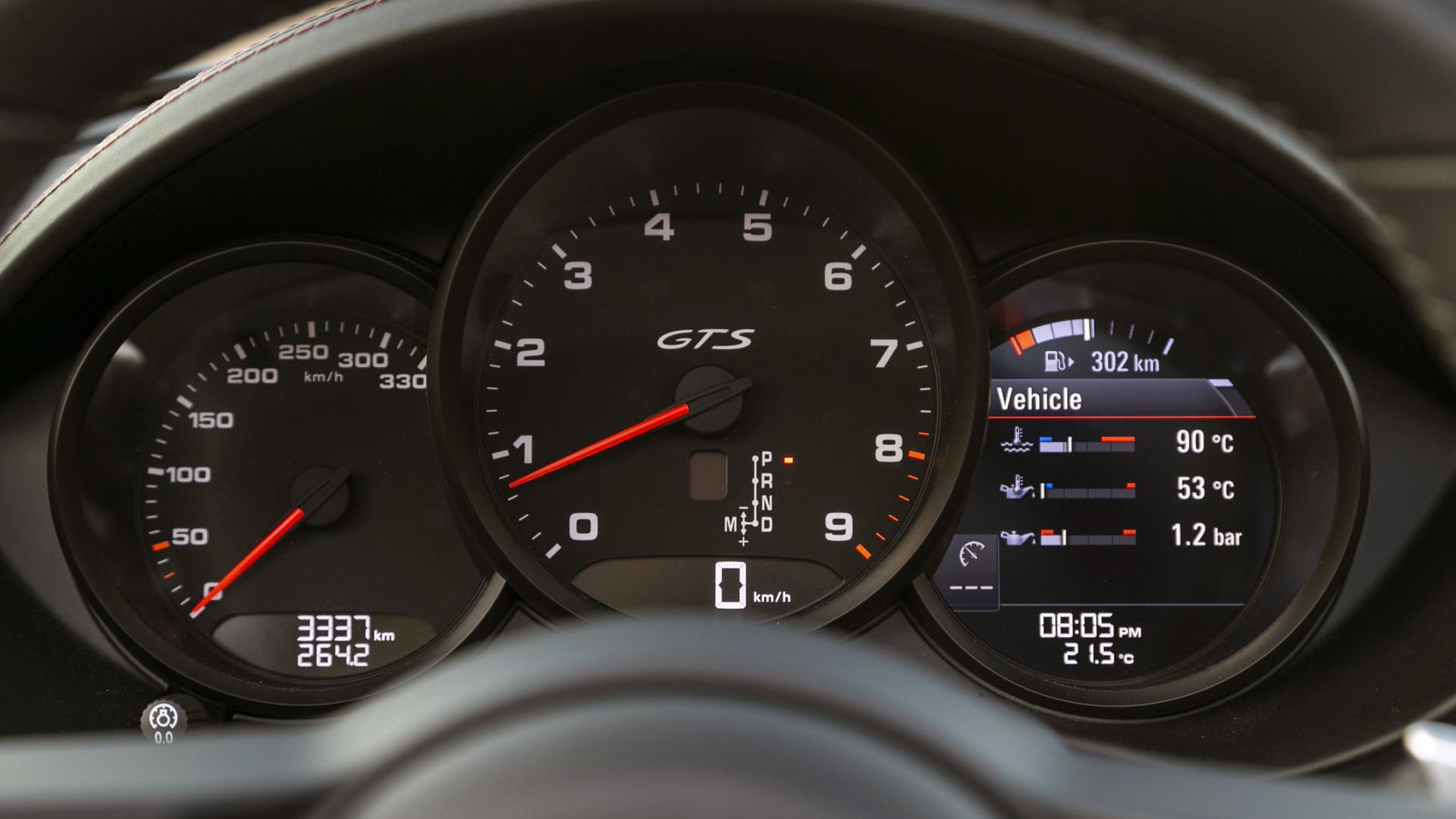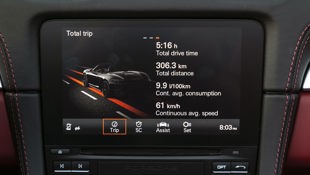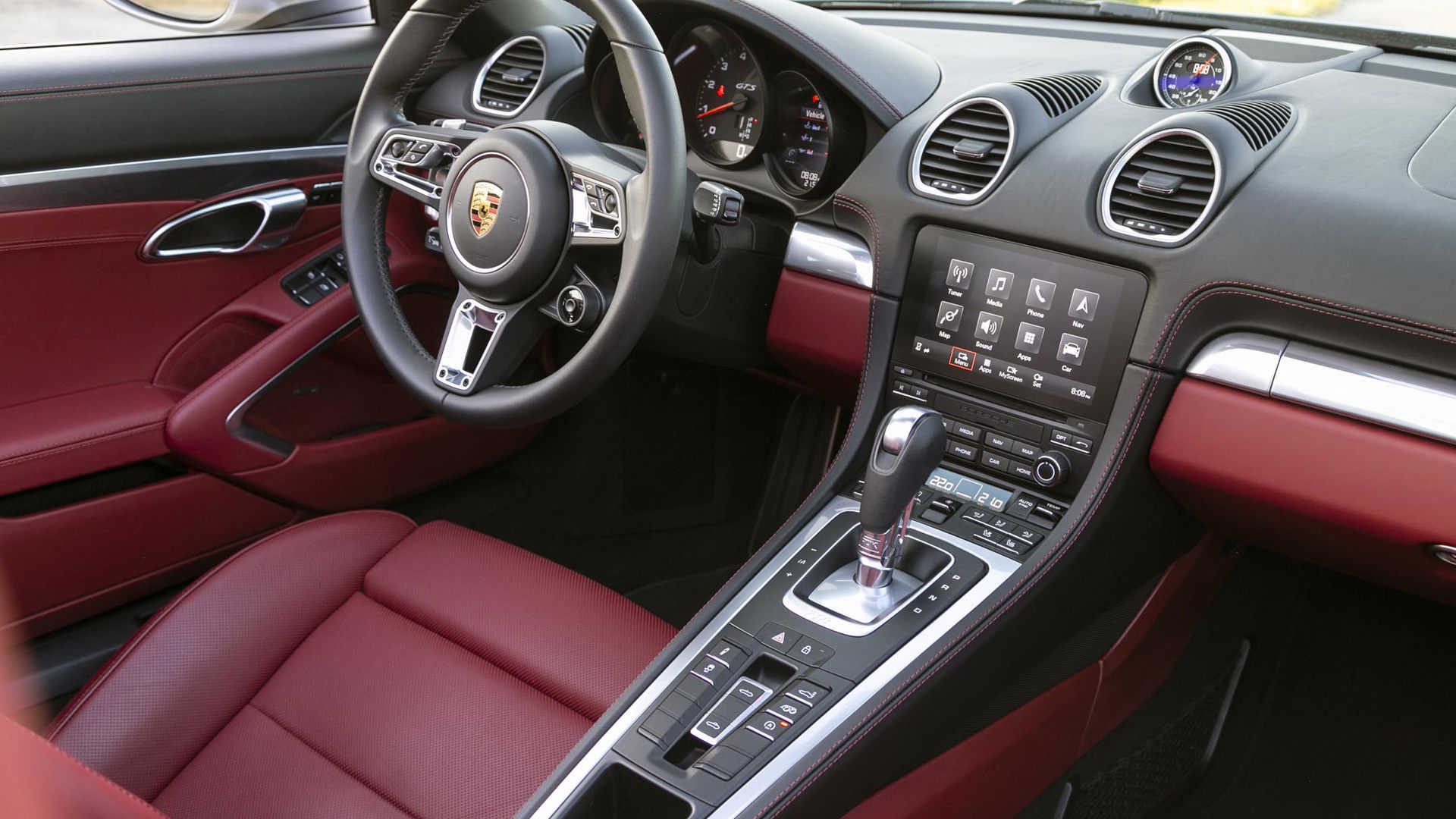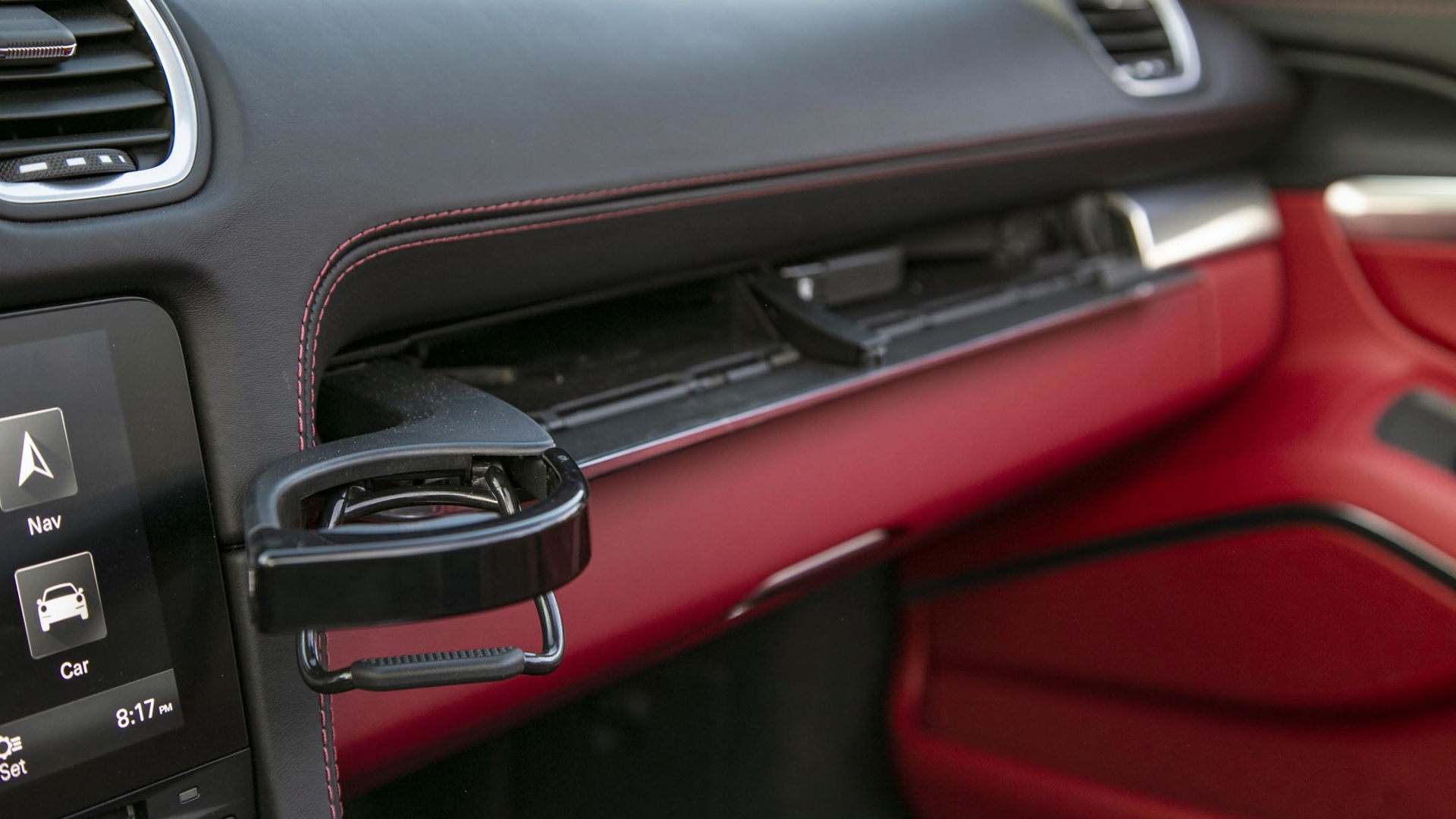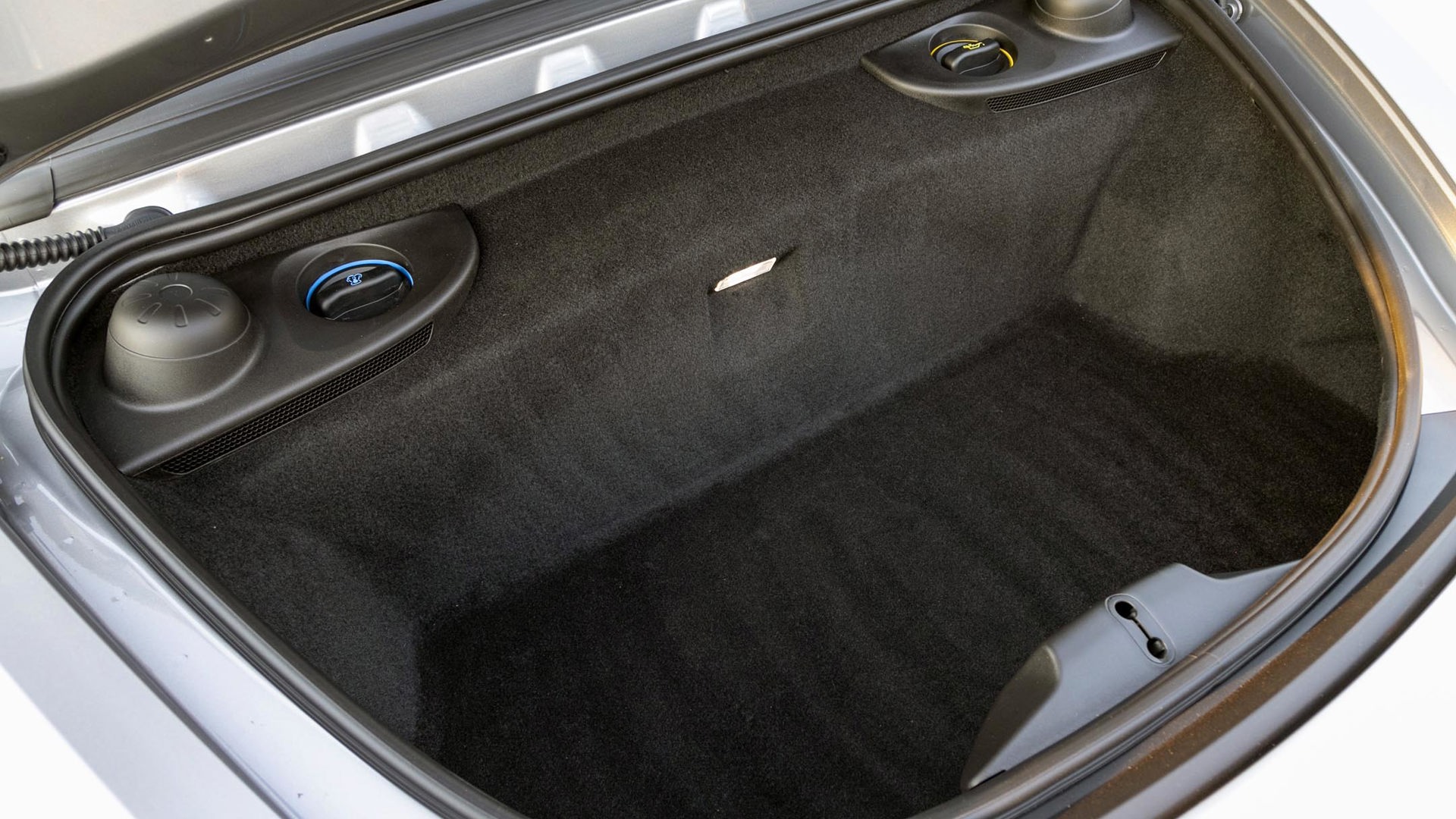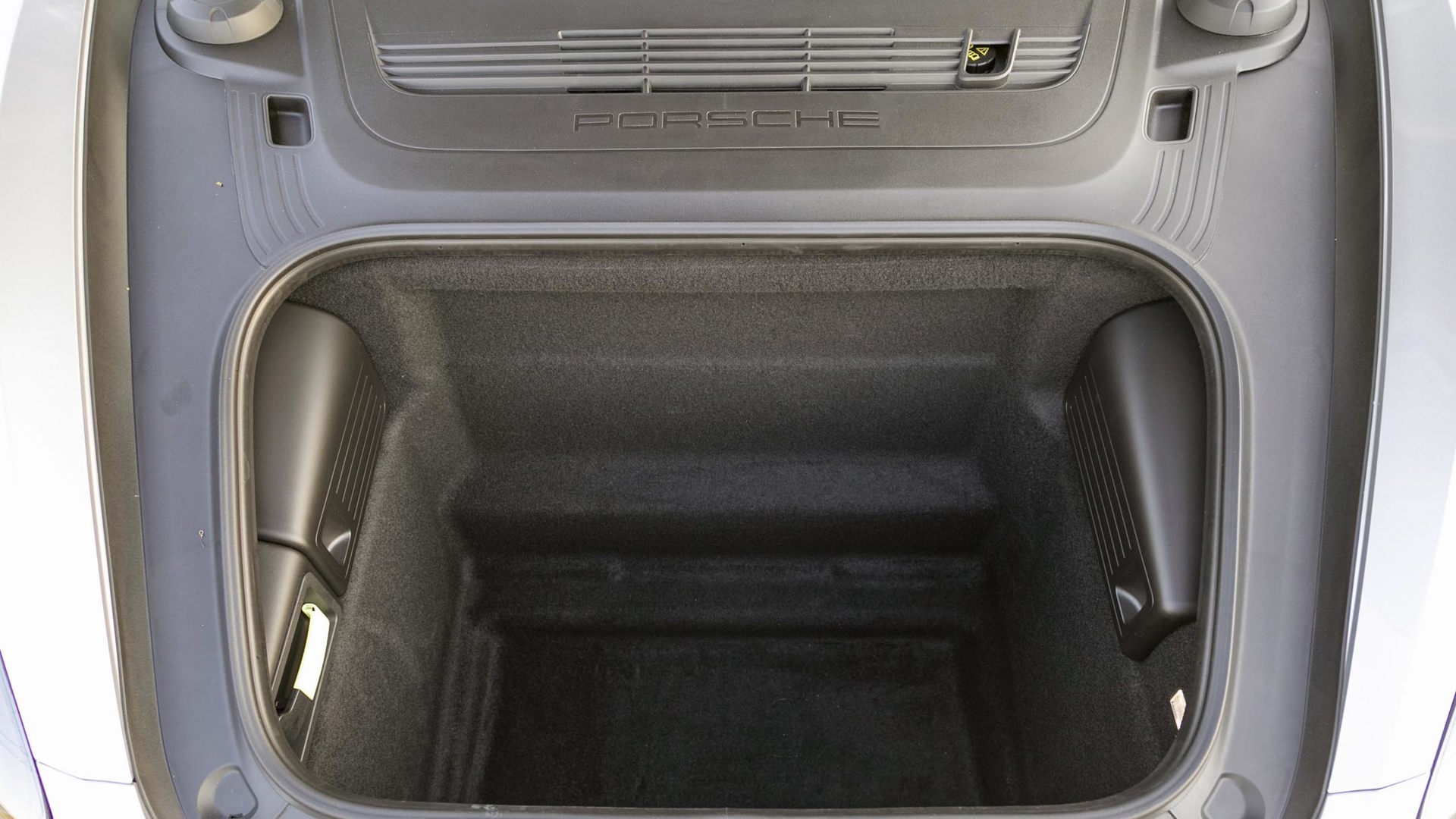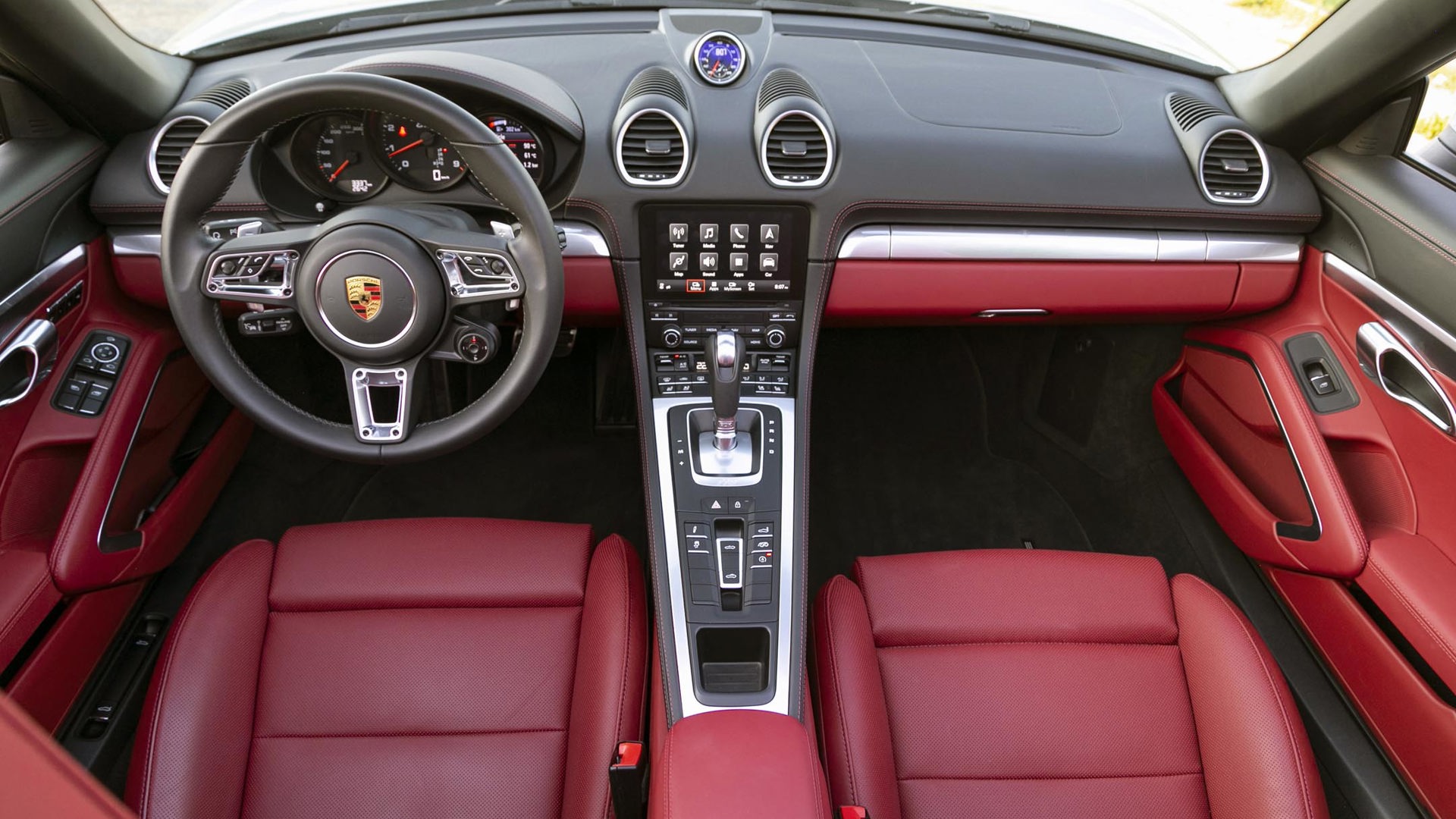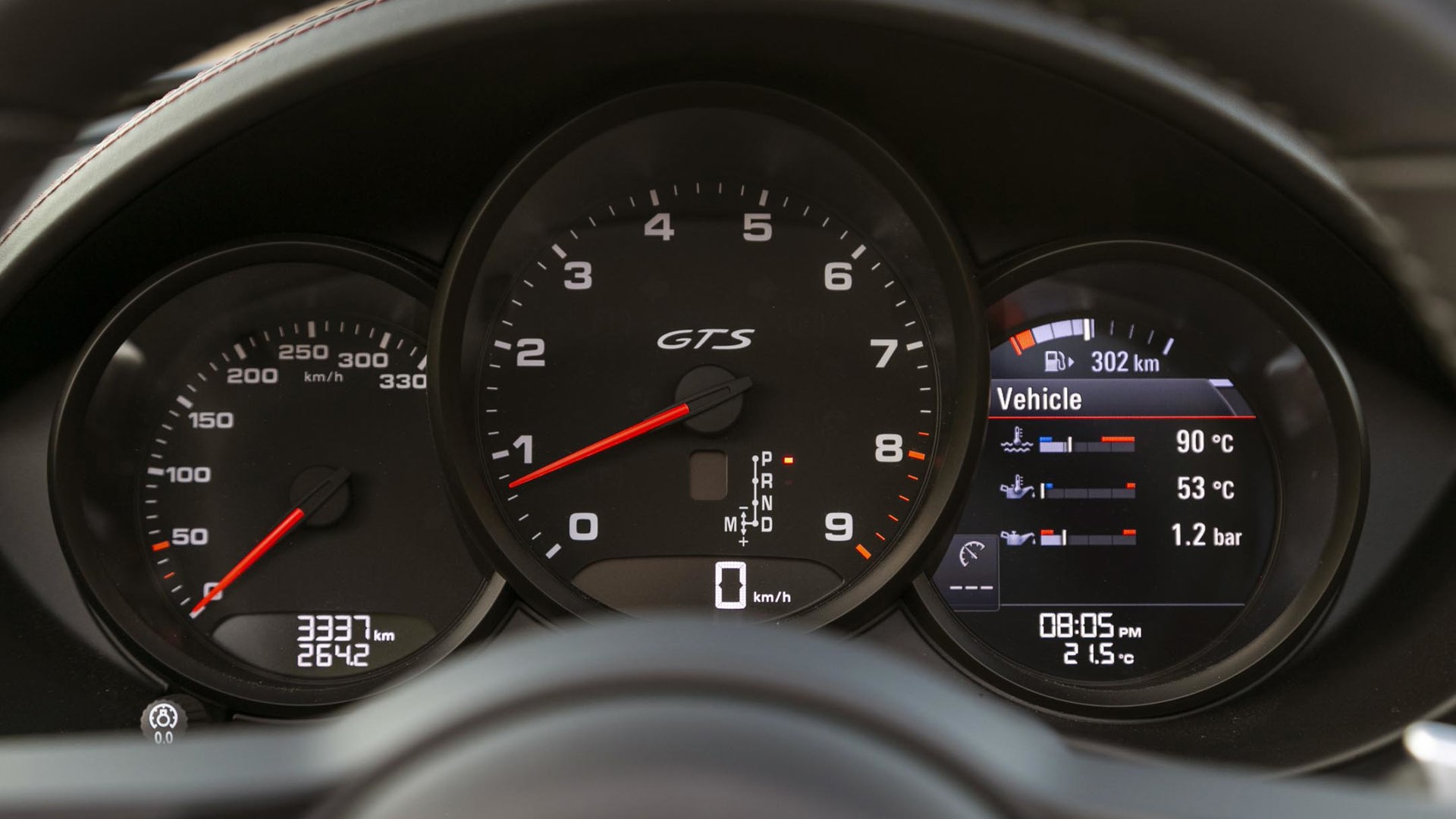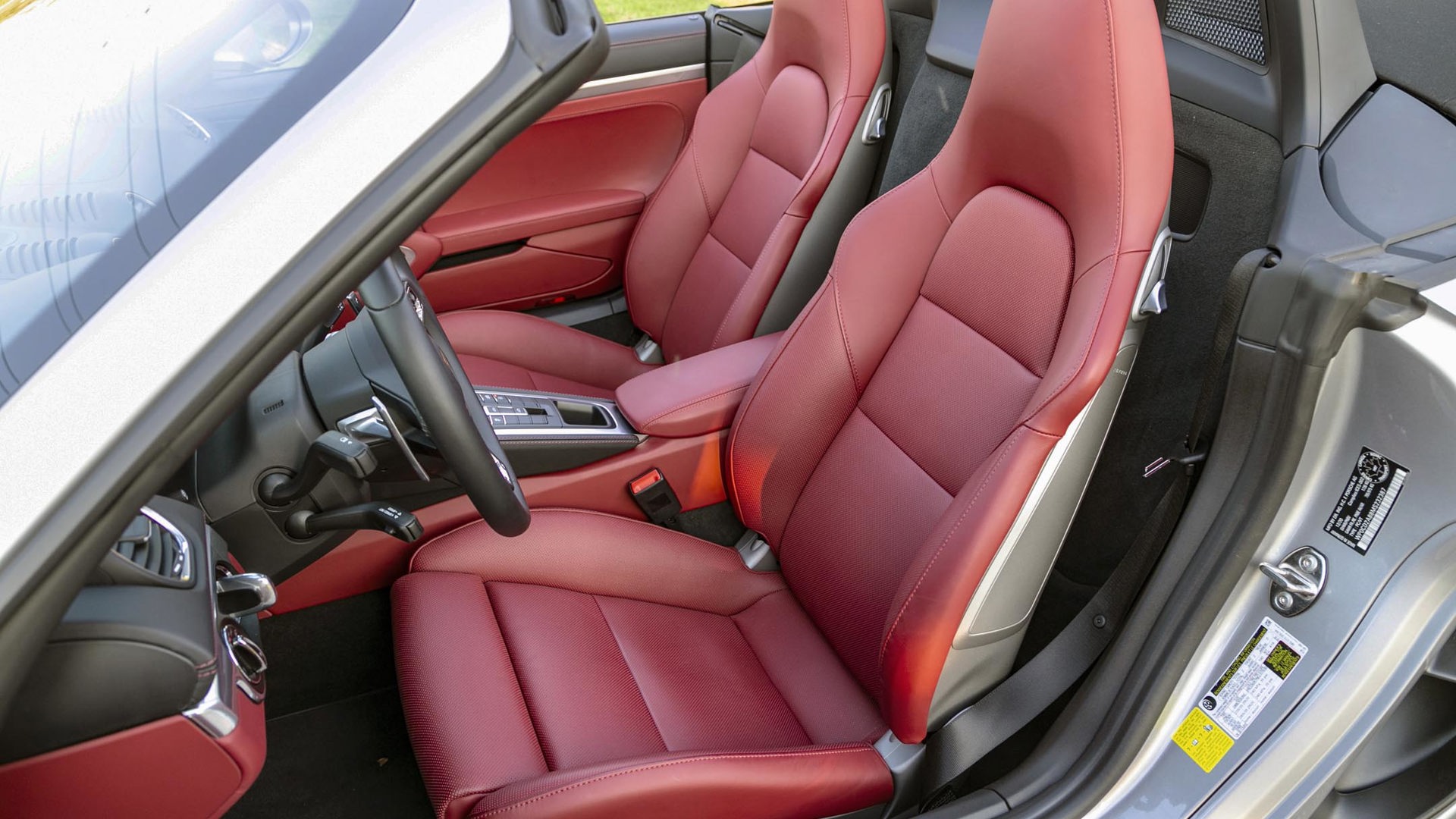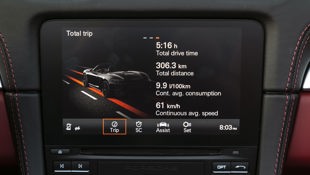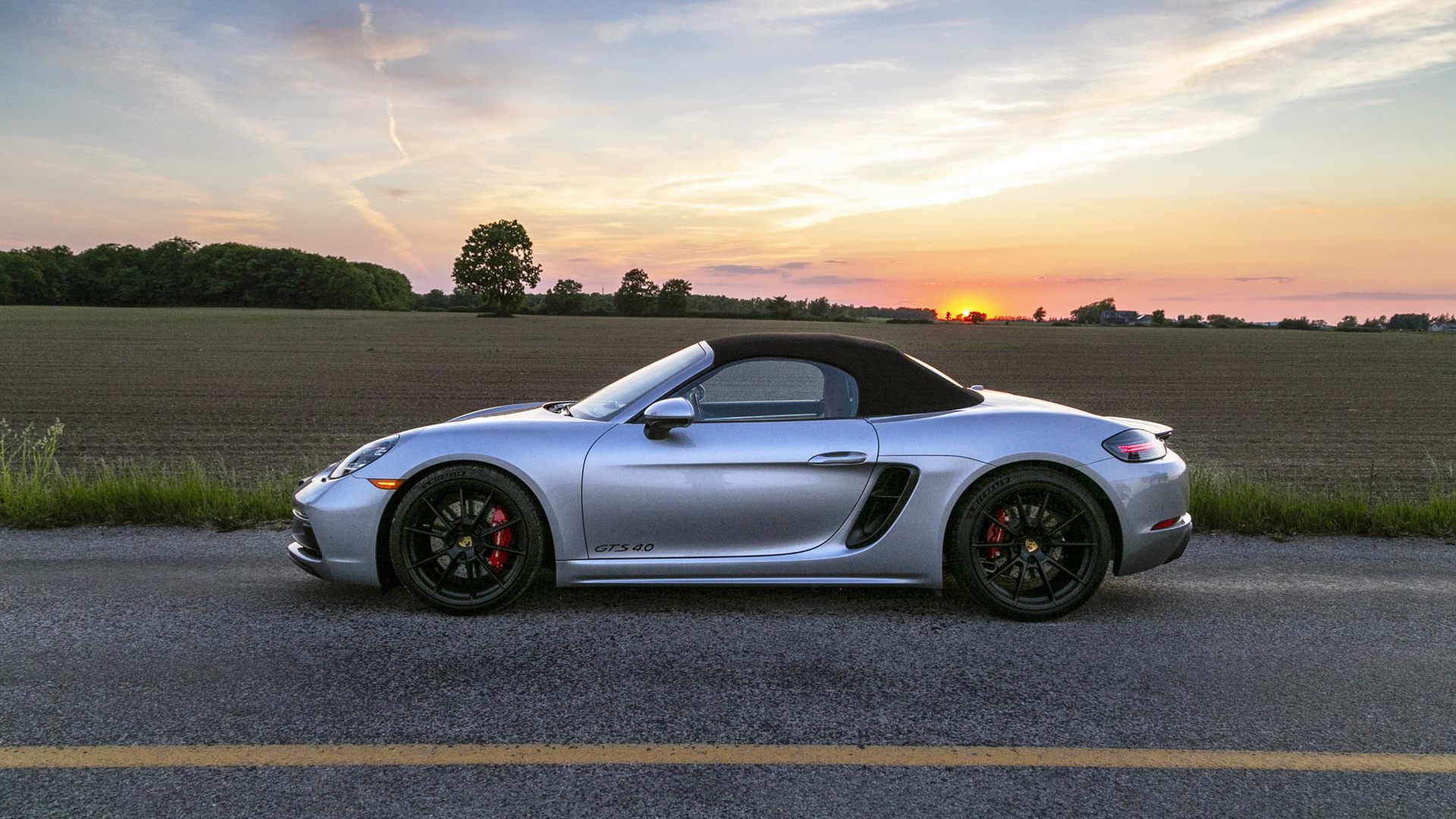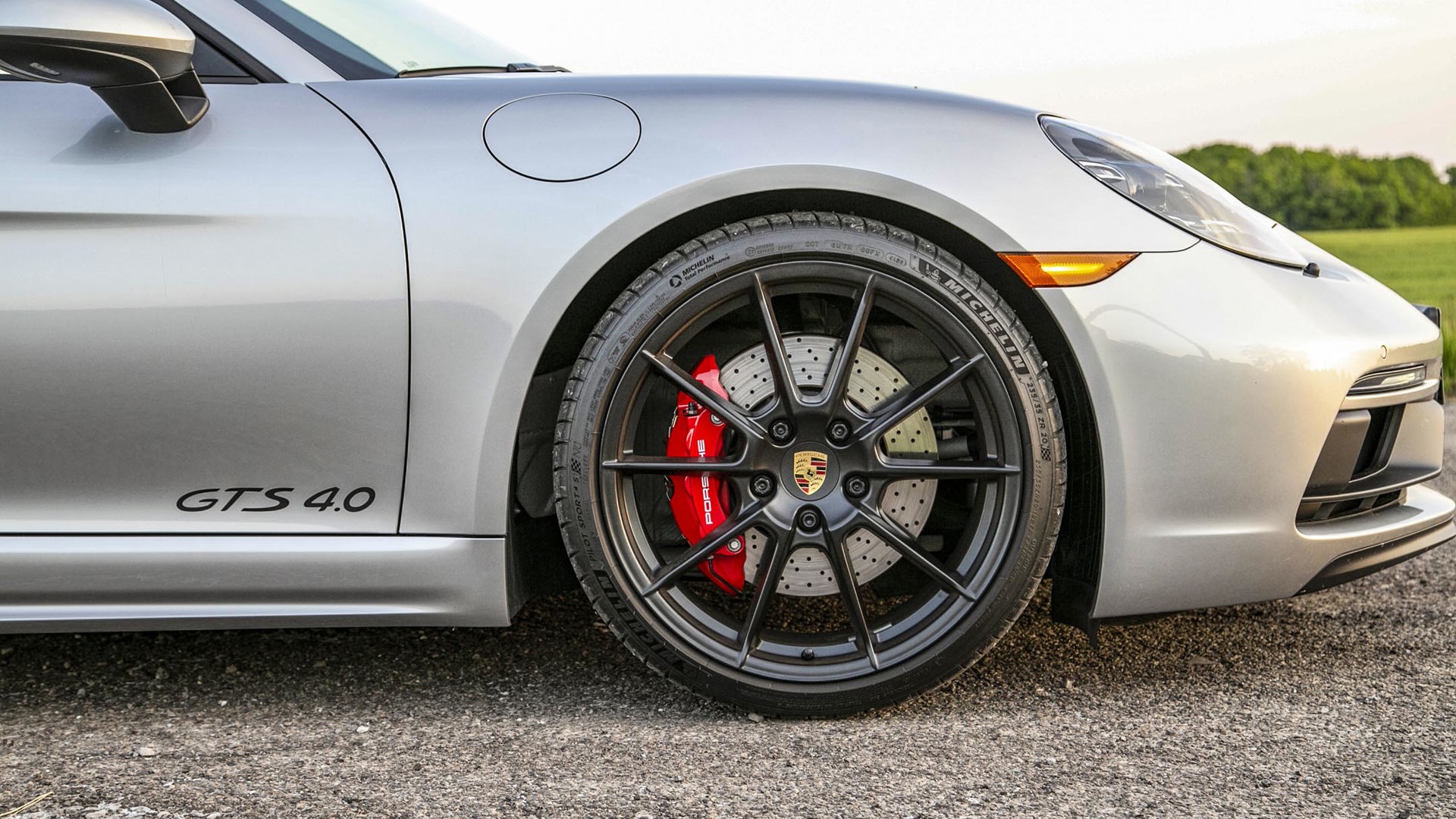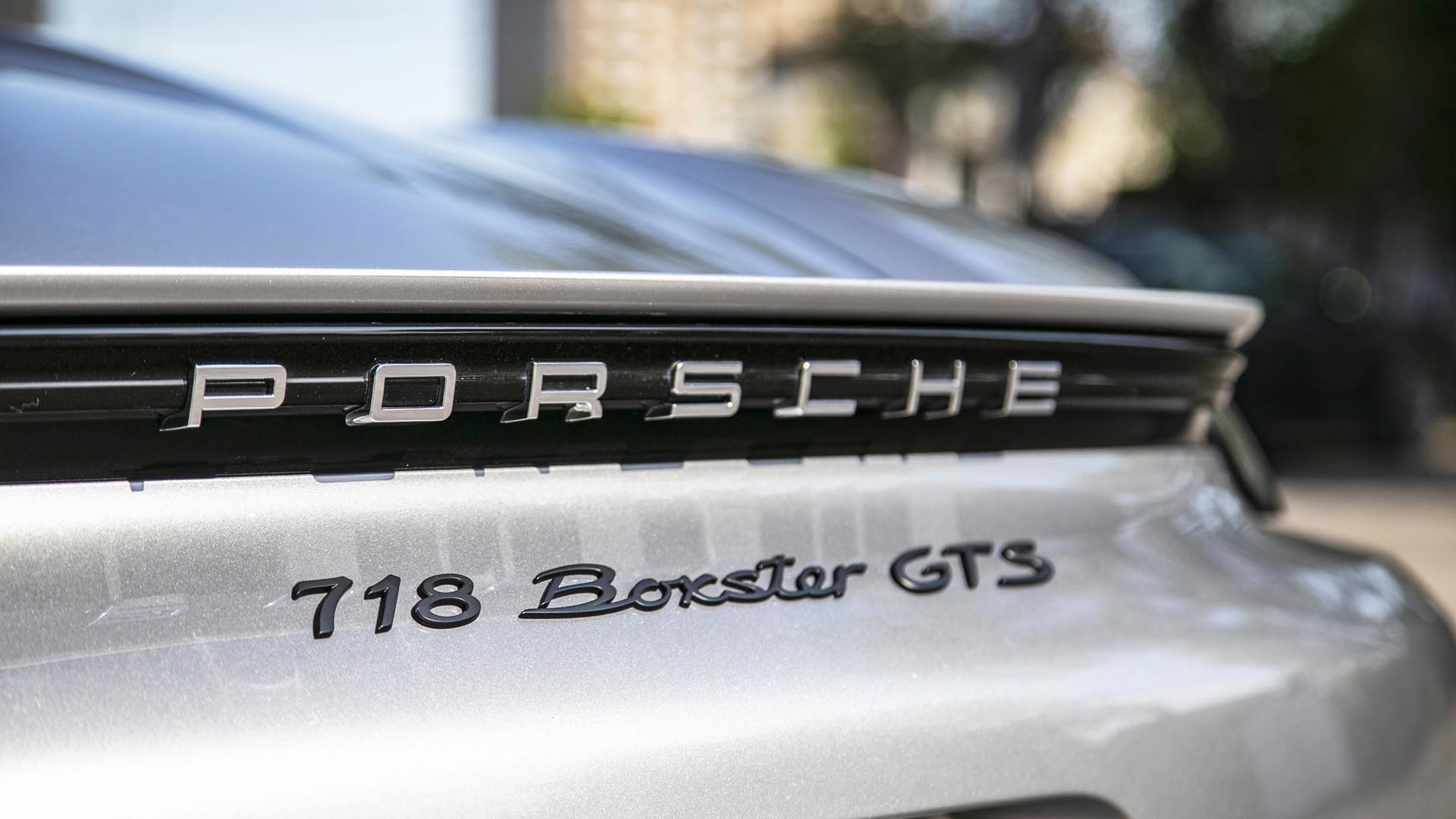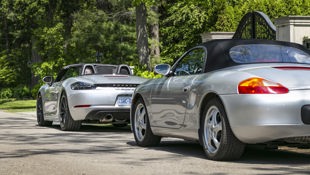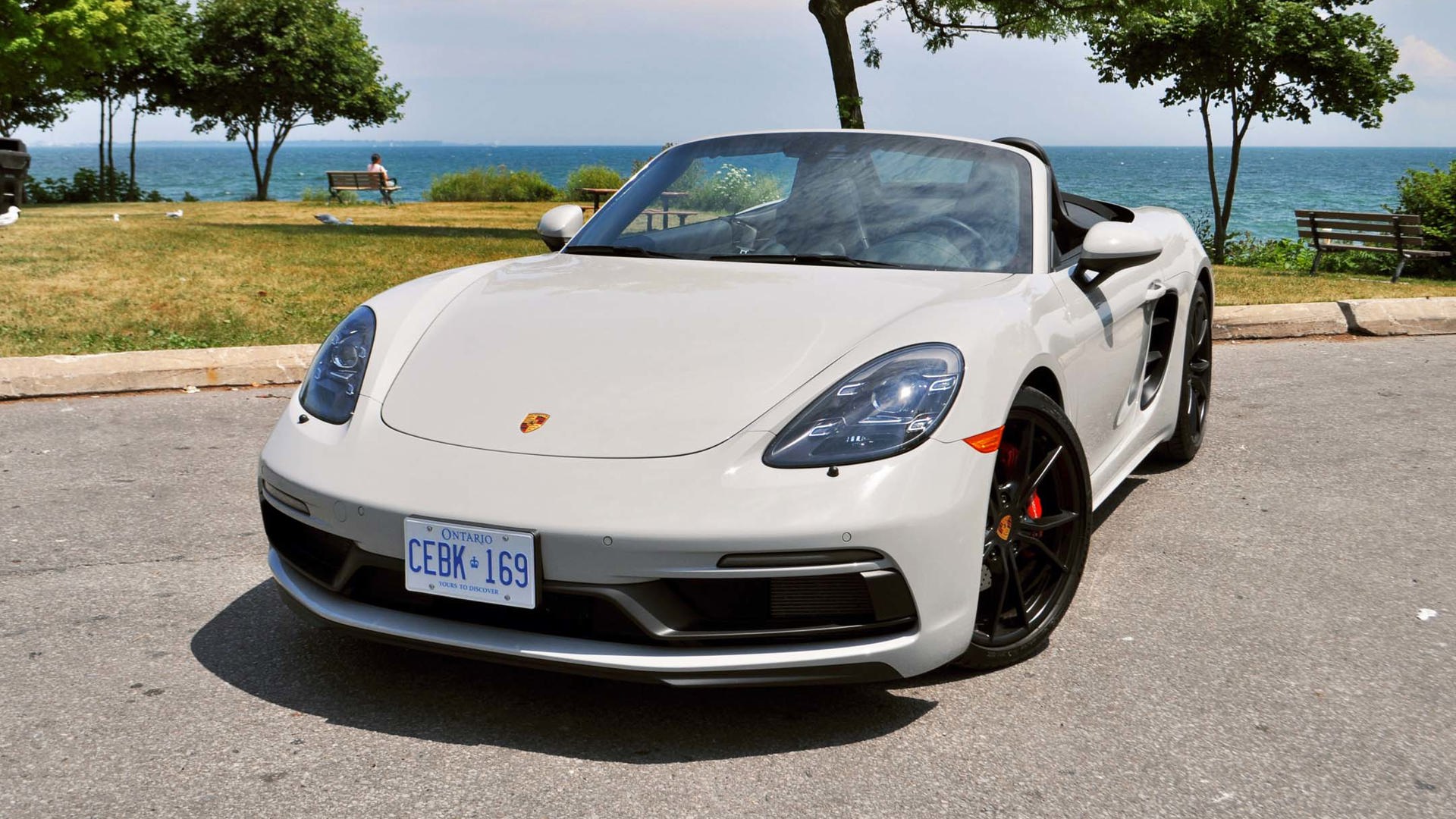Any time there’s a new mid-engine sports car, it sends ripples of giddy excitement throughout the driving enthusiast world, and the launch of the 982-generation Porsche 718 Series a handful of years ago held tremendous promise.
After all, the Boxster and Cayman have delighted drivers for decades now as some of the purest drivers’ cars on the planet, so the new models were sure to be even better. Instead, the launch was met with a universal gasp as shocked fanatics learned Porsche was replacing the distinctive flat-six-cylinder engines with turbocharged four-cylinders instead.
On paper, it made sense. The boosted four-banger was torquier, more powerful, and more efficient than the flat-six it replaced, plus it made the new models lighter than the older ones, contributing to improved performance. It even sounded more serious than one might have expected from such an engine.
As great as those cars still are, though, the absence of a six-cylinder boxer engine was simply unforgivable. But the brand is on the road to redemption, first with the launch of the Boxster Spyder and Cayman GT4 models last year that came fitted with a 4.0L flat-six, followed by this year’s GTS twins that use the same 4.0L heart beating out nearly as much output. One of those is the 2021 Porsche Boxster GTS 4.0, and it’s a true gift to the brand’s faithful fans.
Driving Feel: 9.5/10
Fitting the drivetrain and passenger mass within the wheelbase gives a mid-engine car balance and responsiveness superior to a comparable front-engine car. Since its inception 25 years ago, the Boxster has used its midship orientation to woo drivers with controllable, telepathic, and intuitive handling.
Even early Boxsters had steering that was quick and precise, and the GTS continues that tradition while adding some poise and maturity. Some of this is due to the car’s mass and its electric steering that never quite communicates the way the old hydraulic systems did, but most of it is surely by design. At just more than 1,400 kg (3,100 lb), the Boxster GTS isn’t delicate or featherweight like, say, an Alfa Romeo 4C, but its solidity inspires confidence. In its element escaping suburbia to tackle a favourite winding road (or better yet, a track), the Boxster really shines, flaunting its willingness to play and its unflappable obedience even when pressed to serious speeds.
With relatively little weight in the front end, the 718 gets away with somewhat narrow 235-mm tires – and only 265-mm rubber in the rear – yet the grip is tenacious. When goaded mercilessly the rear end will slide out, but in a smooth, controllable way. No hysterics. No panic. Just pleasure.
When called upon, braking power from the six-piston front and four-piston rear calipers clamp down on the 350-mm and 330-mm rotors, respectively, providing instantaneous bite but smooth, linear braking power.
Power: 9/10
At 4.0L, the GTS’s engine is big for a six, offering the same displacement as the V8 in Porsche’s Panamera and Cayenne. It’s a classic design that the company has embraced for several decades, but what really makes this engine stand out is its lack of turbocharging. Traditionalists will appreciate the relative simplicity of the normally aspirated power plant, but anyone with ears (or a soul) will melt over the aural delights as the flat-six sings its way the peak 394 hp on to its 7,800-rpm redline. True, last year’s Boxster Spyder revs another 400 rpm for an extra 20 hp, but it’s doubtful anyone will ever feel a difference between the two.
Porsche’s official figures list a zero-to-100 km/h time of 4.5 seconds and a top speed of 293 km/h for the GTS with a manual transmission. My GTS tester had the dual-clutch automatic transmission that should dip those times into the high threes, making it astonishingly quick – especially for a car lacking all-wheel drive traction.
Not only do automatic cars have a seventh gear versus the stick-shift’s six, but they’re also tuned up to 317 lb-ft of torque versus 309 from the manual cars. Add to that the computerized gearbox’s ability to shift far quicker than any mortal, and it’s clear the two-pedal version is the higher-performance car.
It’s also a bit blasphemous. Where someone might spec a Cayman GT4 with a PDK to be track-day weapon, the topless Boxster is simply made for passionate backroad affairs over outright performance numbers. To that end, the “slower” six-speed car would surely be more fun and far more engaging to drive.
Revving out the GTS is all part of its character, too. Despite mind-boggling performance on paper, enthusiasts who’ve grown accustomed to the low-end twist on tap with turbocharged engines will need to recalibrate to the GTS’s torque peak not arriving until 5,500 rpm. A four-cylinder Boxster S dispenses nearly the same torque figure, but at 2,500 rpm earlier. Given this transmission’s propensity to shift below 4,000 rpm unless the throttle is really prodded, the 4.0L can feel comparatively sleepy around town against modern performance cars, prompting me to drive everywhere with the sport drive mode selected and the transmission in manual mode.
Comfort: 8/10
The GTS comes standard with the dual-mode sport exhaust that opens up automatically in sport mode, or when the console button is pushed. Even still, the pipes don’t start to trumpet until 4,000 rpm, which means that magical soundtrack is rarely enjoyed in daily driving unless the driver canes the throttle in a most antisocial way.
The upside is that when not trying to be a hooligan, the Boxster can become a decently comfortable place to log some seat time. Top down, wind buffeting exists as it does in any convertible, but occupants are seated so low in the car that it’s minimal. And when it’s up, the lined fabric top does an impressive job of keeping noise at bay.
Even in sport mode with the adaptive suspension buttoned down, the GTS’s ride is firm but far from punishing, and normal mode produces no obvious difference in ride quality.
Optioned as my test car was, the leather covered seats were both heated and ventilated and offered enough adjustability that most drivers should have no difficulty finding a comfortable driving position. Despite being a small sports car, the 718 Series is not cramped.
Features: 7/10
Most of the typical features expected of luxury cars these days are found in the Boxster, as long as you pony up for them. The dual-clutch transmission is certainly a high-tech feature, and it costs $4,250. Adaptive cruise control is here too, but that adds $1,910. Cooling your butt with ventilated seats costs $840, on top of the $3,460 already spent to get the adaptive sport seats. Even simply having onboard navigation requires an additional $2,640. There’s keyless entry and engine start, plus a decent sound system and a heated steering wheel that are all part of the Premium package. The power-operated top is simple to use with a push of a single console button.
User Friendliness: 7/10
The GTS is a low car, so flopping down into the seat – or, more importantly, climbing up out of it – can be tricky. But once in a comfortable driving position, the controls fall easily to hand. The trio of primary gauges are legible and reminiscent of the three-pod layout found in Boxsters for the past 25 years. The rightmost gauge is actually a digital display that can be configured to show anything from trip information, performance metrics, or media data, to a small navigation map.
The GT Sport steering wheel offers a series of sensible controls to cycle through most infotainment functions; otherwise, the seven-inch touchscreen does the rest. The menu system is simple and system operation is largely intuitive. Although small by contemporary screen standards, it offers bright, clean graphics and slick 3D mapping. It’s an older generation system than what’s found in the Taycan, Panamera, and 911, and doesn’t offer wireless connectivity, or even Android Auto, but Porsche is expected to update the 718’s system in 2022.
Fuel Economy: 7/10
Porsche’s move toward widespread turbocharging was largely in the interest of improving fuel efficiency, yet when driven in anything beyond optimal conditions, turbos are notoriously thirsty. Despite its sizeable displacement, the GTS 4.0’s official consumption ratings of 12.3 L/100 km in the city, 9.8 on the highway, and 11.1 combined are decent, especially when compared to the Chevrolet Corvette – arguably one of the GTS’s closest competitors. Still, the BMW Z4 and its smaller turbocharged six-cylinder offers similar performance numbers and notably better efficiency on paper.
Porsche has equipped the GTS with cylinder deactivation when load on the engine is minimal, plus an extremely aggressive auto stop-start system that shuts down the fun even when coasting to a stop. Fortunately, driving around in sport mode disables the function, and despite my inefficient driving style I still managed to see a very respectable overall average of 10.3 L/100 km.
Safety: 7/10
The United States National Highway Traffic Safety Administration (NHTSA) nor the Insurance Institute for Highway Safety (IIHS) have crash tested the Porsche 718 Series lineup, but in addition to the usual host of airbags and a set of fixed roll hoops behind the seats, my test car also offered blind-spot monitoring, adaptive cruise control, and parking sensors. Advanced safety features found on most new cars like lane-keeping assist are absent here, putting the onus of driving on the driver – a task easily managed thanks to the car’s excellent responsiveness and high-performance capabilities. With the soft top up, outward visibility is restricted in the rear and rearward views.
Practicality: 6/10
Nobody buys a two-seat roadster for its practicality, but there’s no reason the GTS couldn’t be used as a daily driver if the lifestyle fits. The mid-engine layout also affords both a trunk and a forward cargo hold that combine to offer 270 L of space, or slightly less than the room offered in a BMW Z4’s trunk, and significantly less than a Corvette convertible’s.
Styling: 9.5/10
Over the decades, the Boxster has matured from a good-looking sports car to the gorgeous machine it is now. Even compared to an original 986-generation car, the lineage is evident in the 718 – it’s just now more serious and less cute. This test car, finished in GT Silver over Bordeaux red leather, was a stunning combination that garnered plenty of praise from friends, neighbours, and more than a few random strangers. The proportions are exceptional and there’s truly not a bad angle to view this car.
The interior, too, is a blend of both classic Boxster style, with high-quality materials, and restrained contemporary design. The two-tone red-and-black harkens back to the original Boxster poster cars from the mid-’90s and still looks great.
Value: 7/10
Starting at $97,000, the GTS trim begins nearly $30,000 more than a base 718 Boxster. For those wanting strictly an image car, it’d be tough to justify the extra spend, but for enthusiasts craving the rarity and exotic personality of a high-revving, naturally aspirated flat-six, the GTS rings in several thousand less than either the limited-edition Boxster 25 Years model, or the range-topping Boxster Spyder.
As always, Porsche’s option list is vast and can easily thrust the GTS deep into 911 territory, and well beyond the cost of a BMW Z4, or even a Corvette convertible with every option thrown at it. Each of those competitors offers a different driving experience and style than the Boxster GTS 4.0, and for fans of the marque there really is no substitute.
The Verdict
The 2021 Porsche Boxster GTS 4.0 is a special car for a specific buyer who appreciates what a rare treat the 4.0L engine is. Being less expensive than the Spyder – but with a more usable top design – it’s idealistic as far as the 718 Series goes. As we continue to march toward an era of automotive electrification, increased complexity, and decreasing driver involvement, the Boxster GTS 4.0 blends genuine engagement, performance, and style in a modern package that recalls the true passion of driving.

